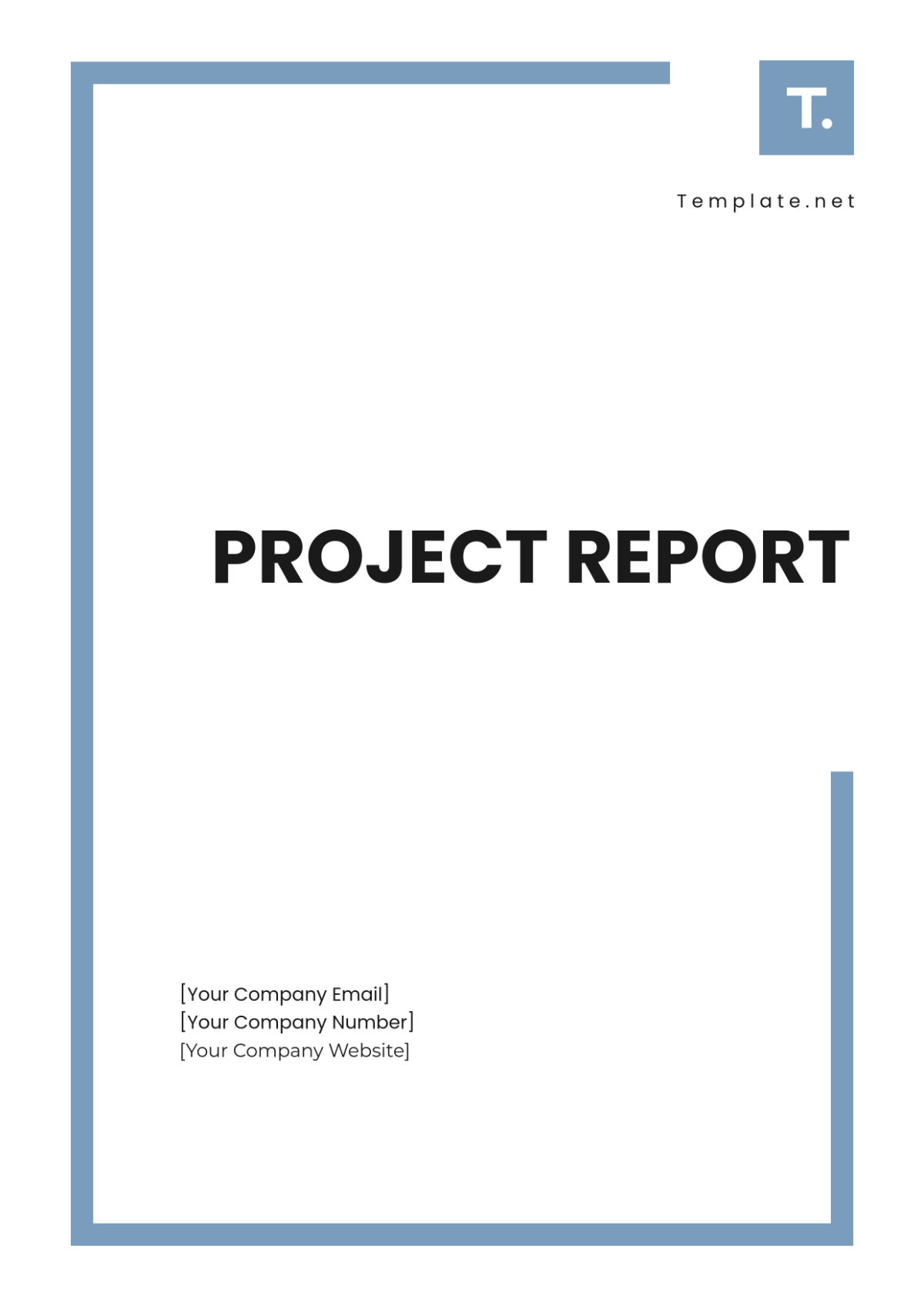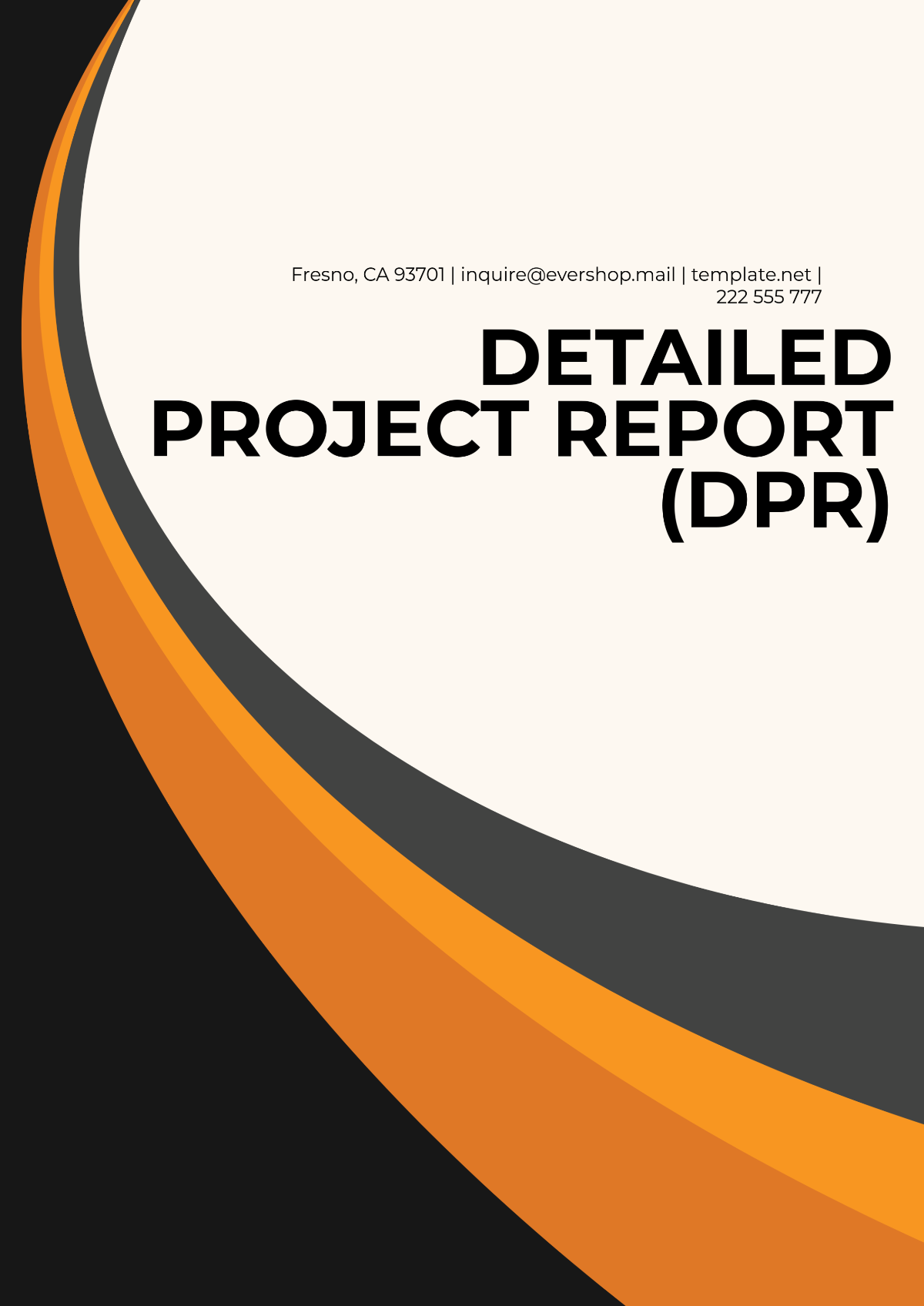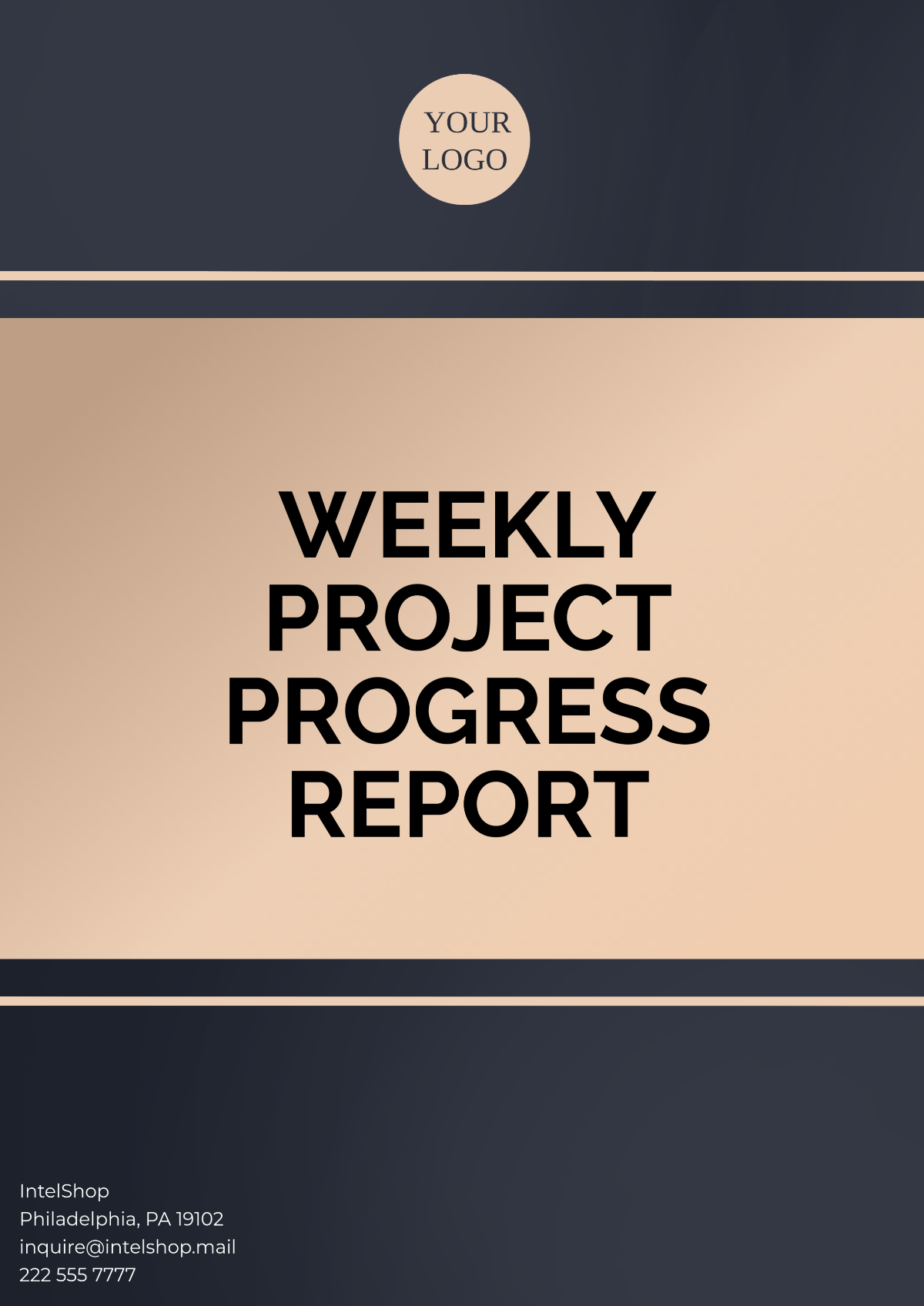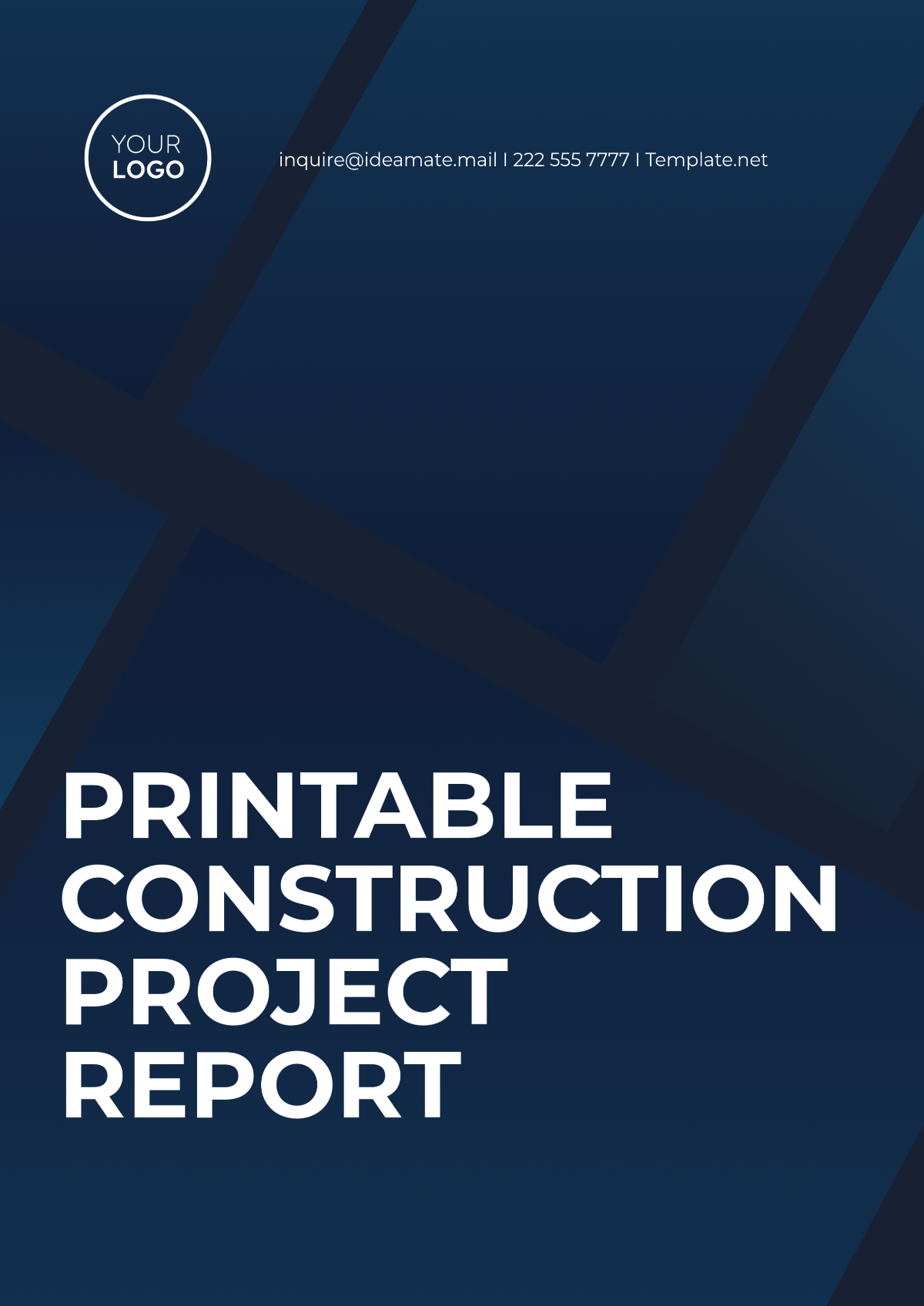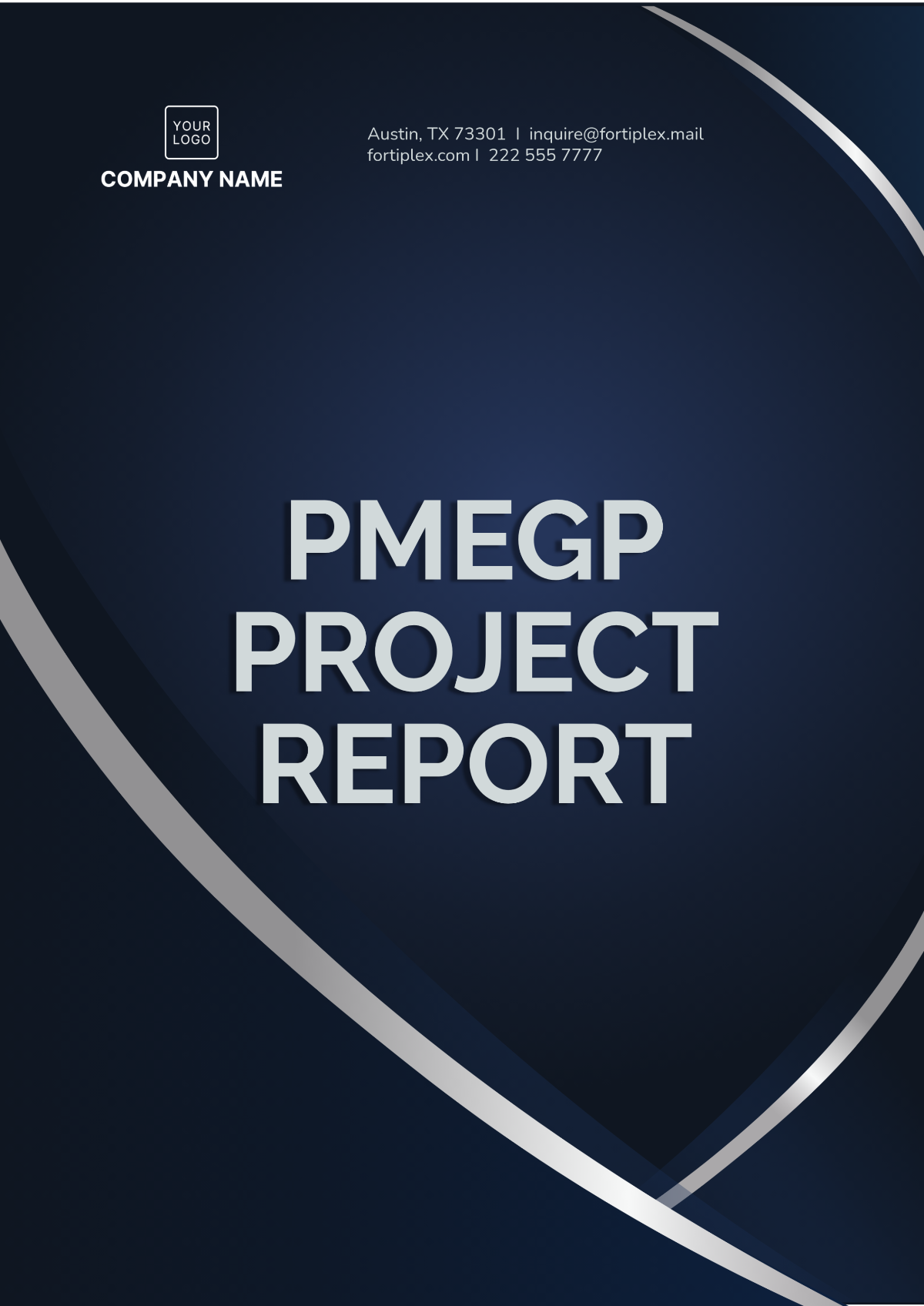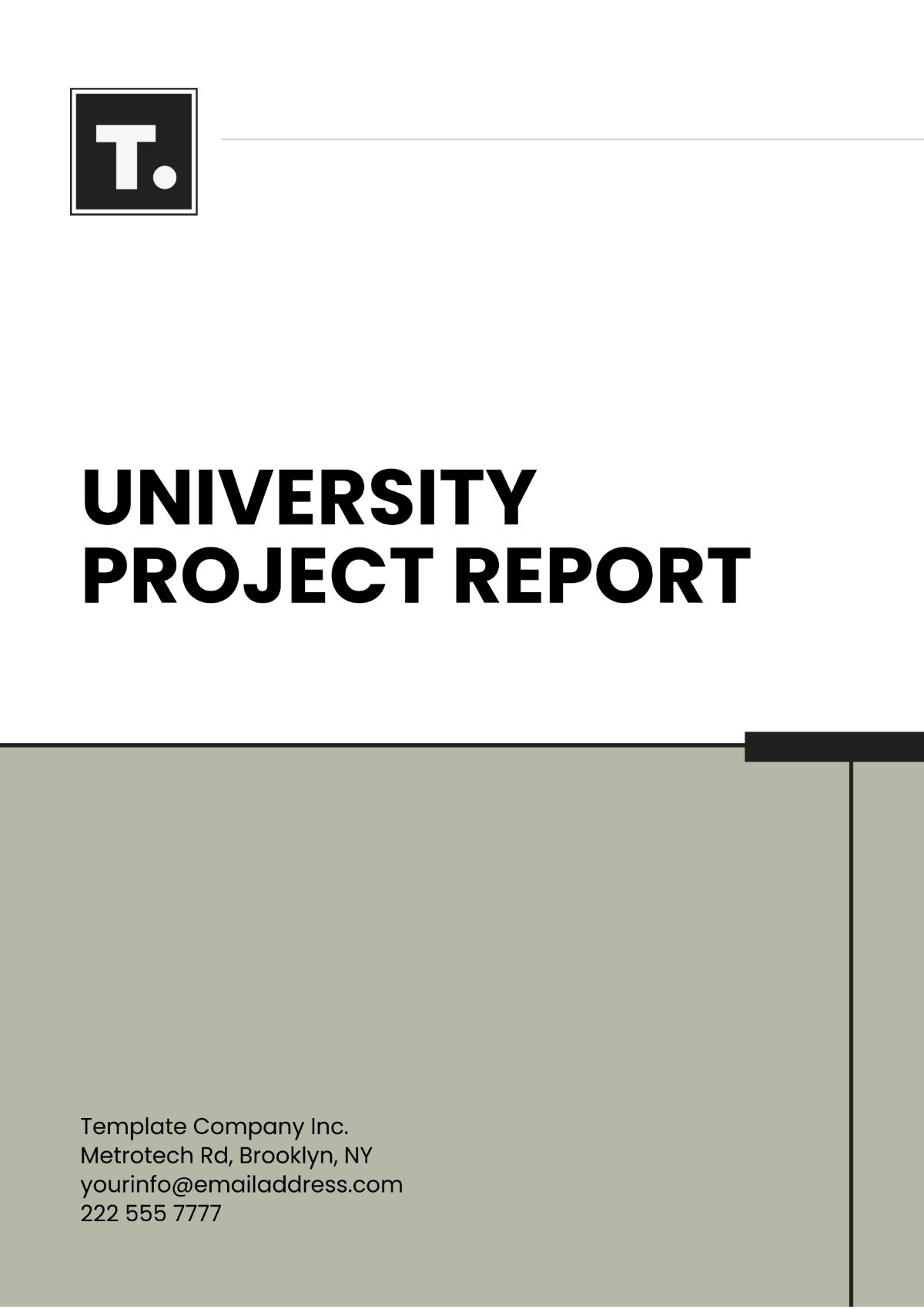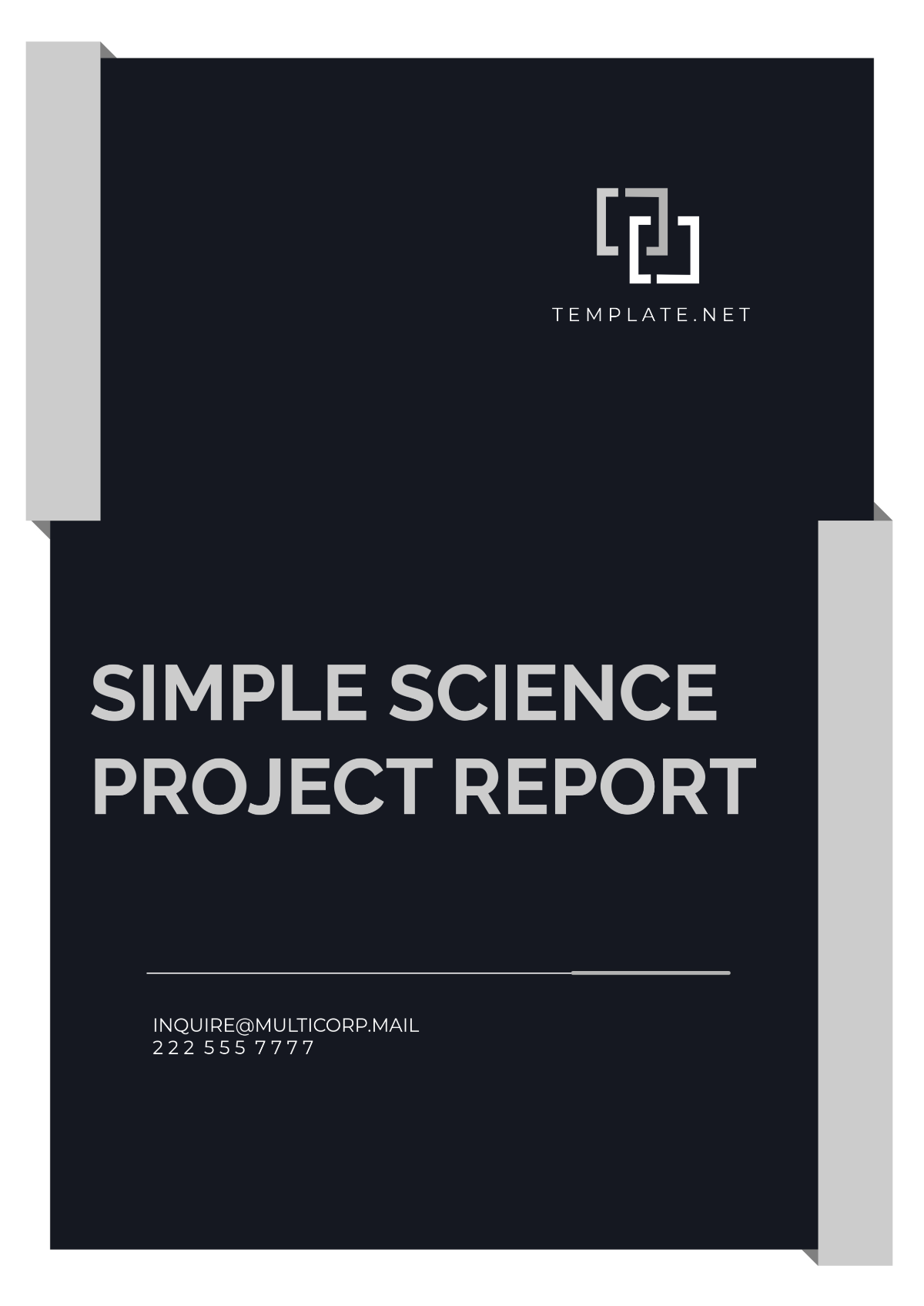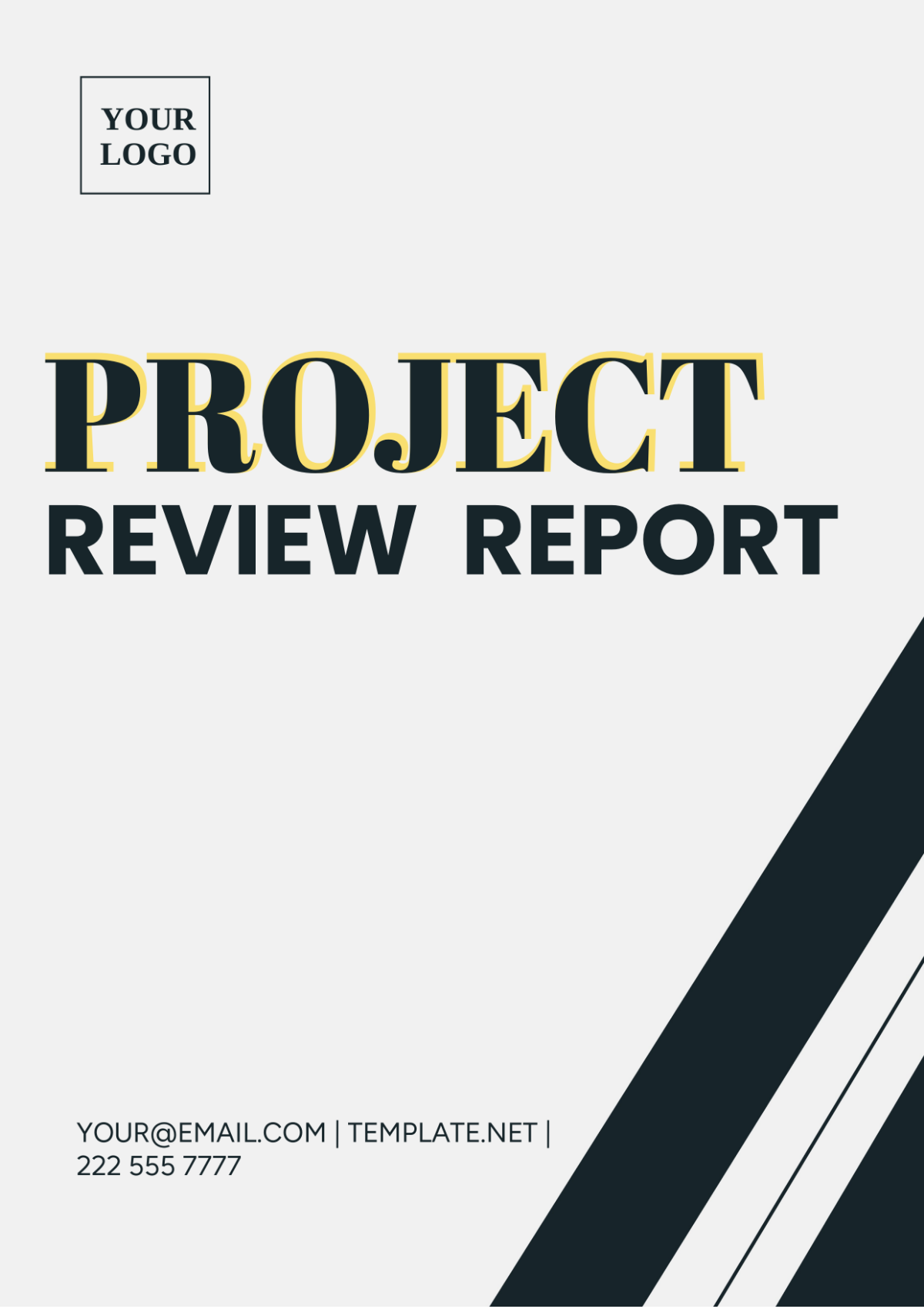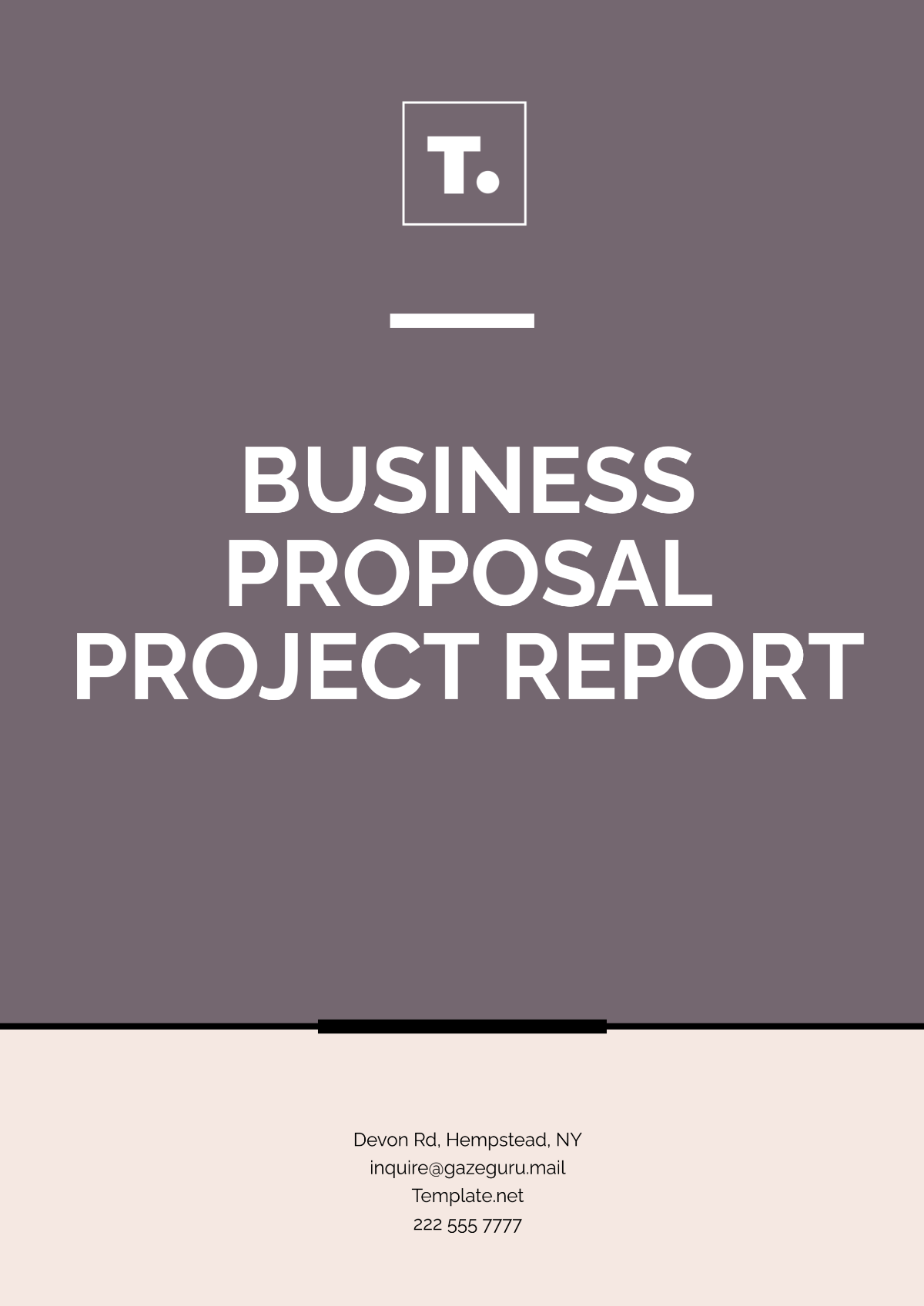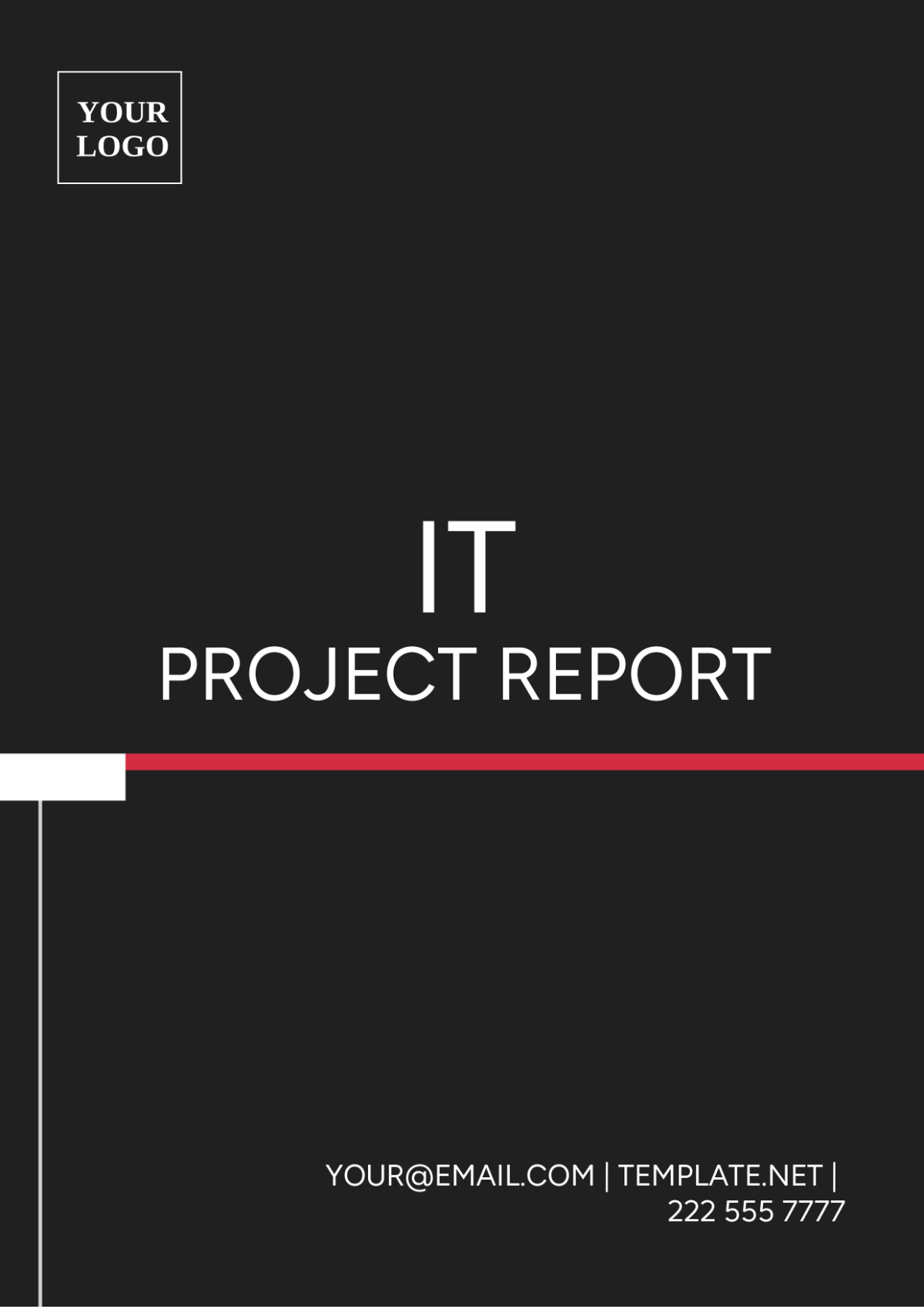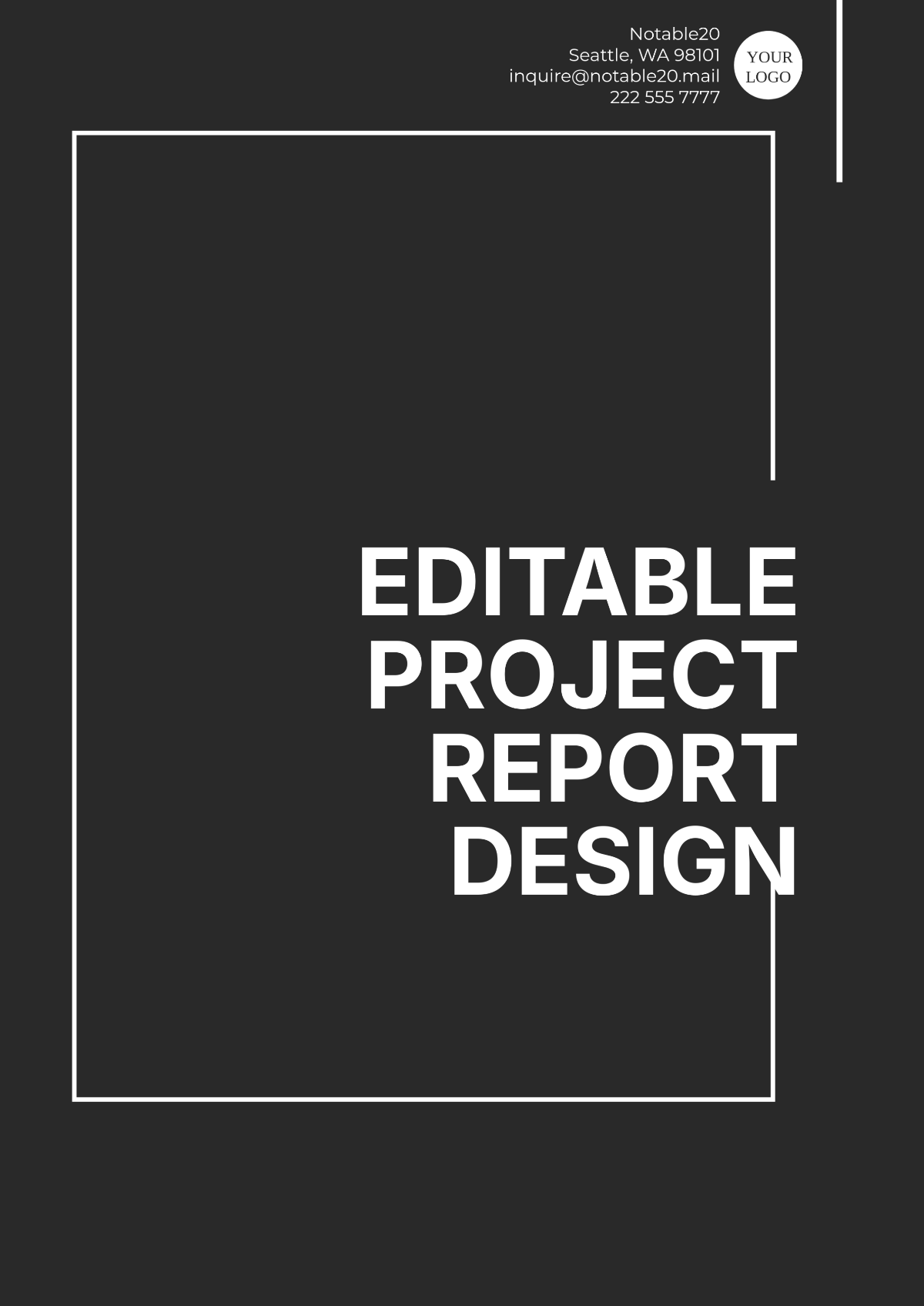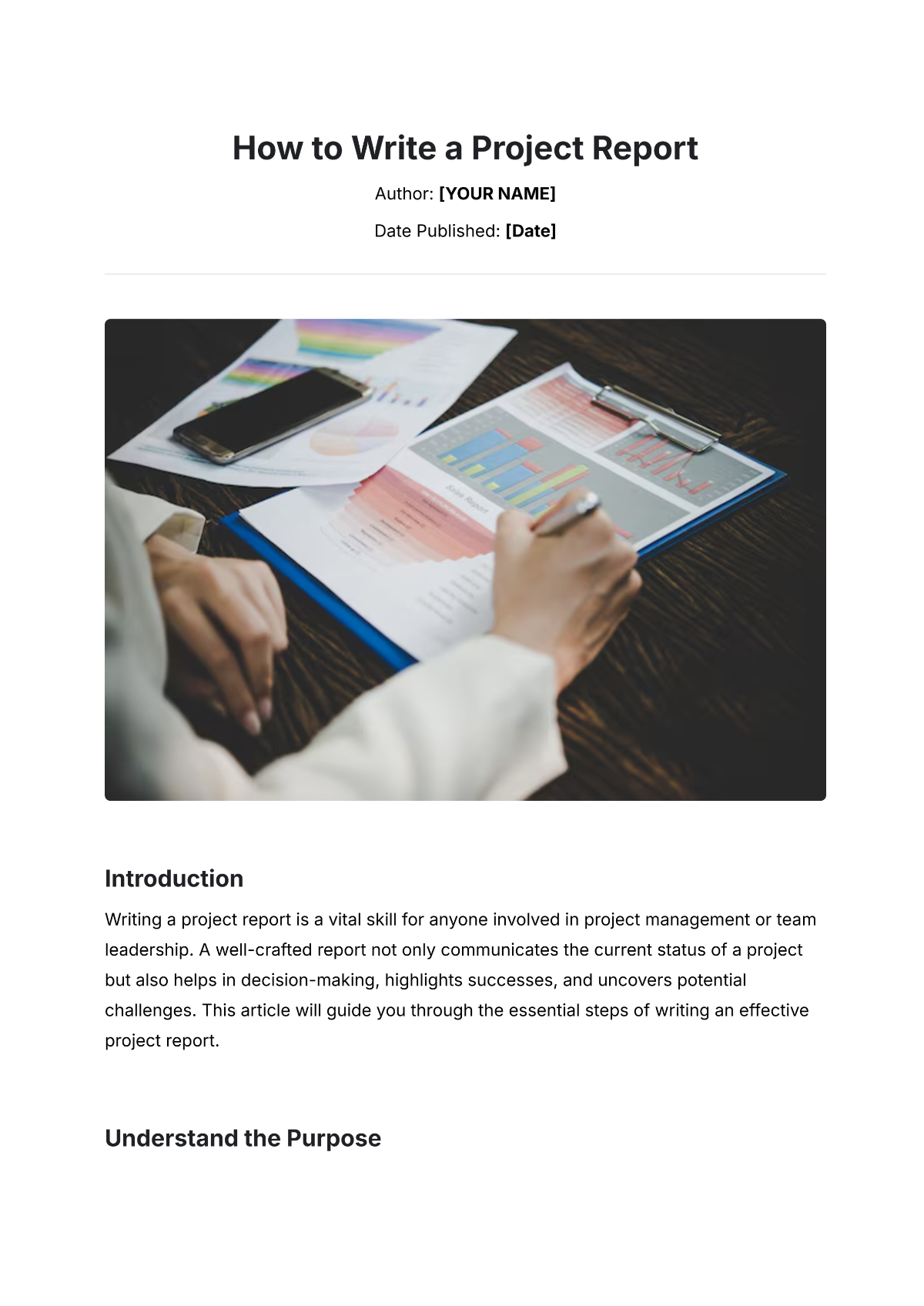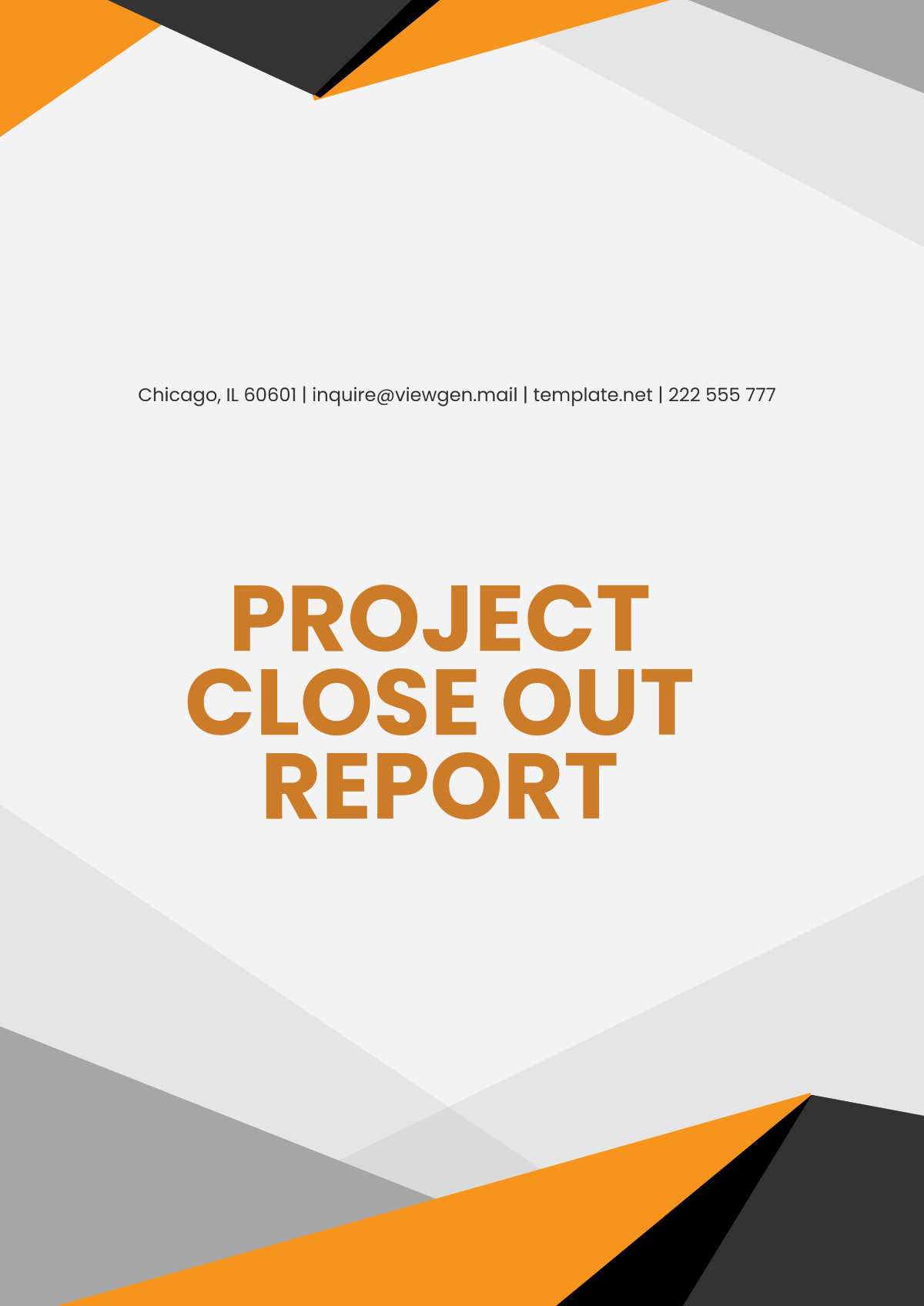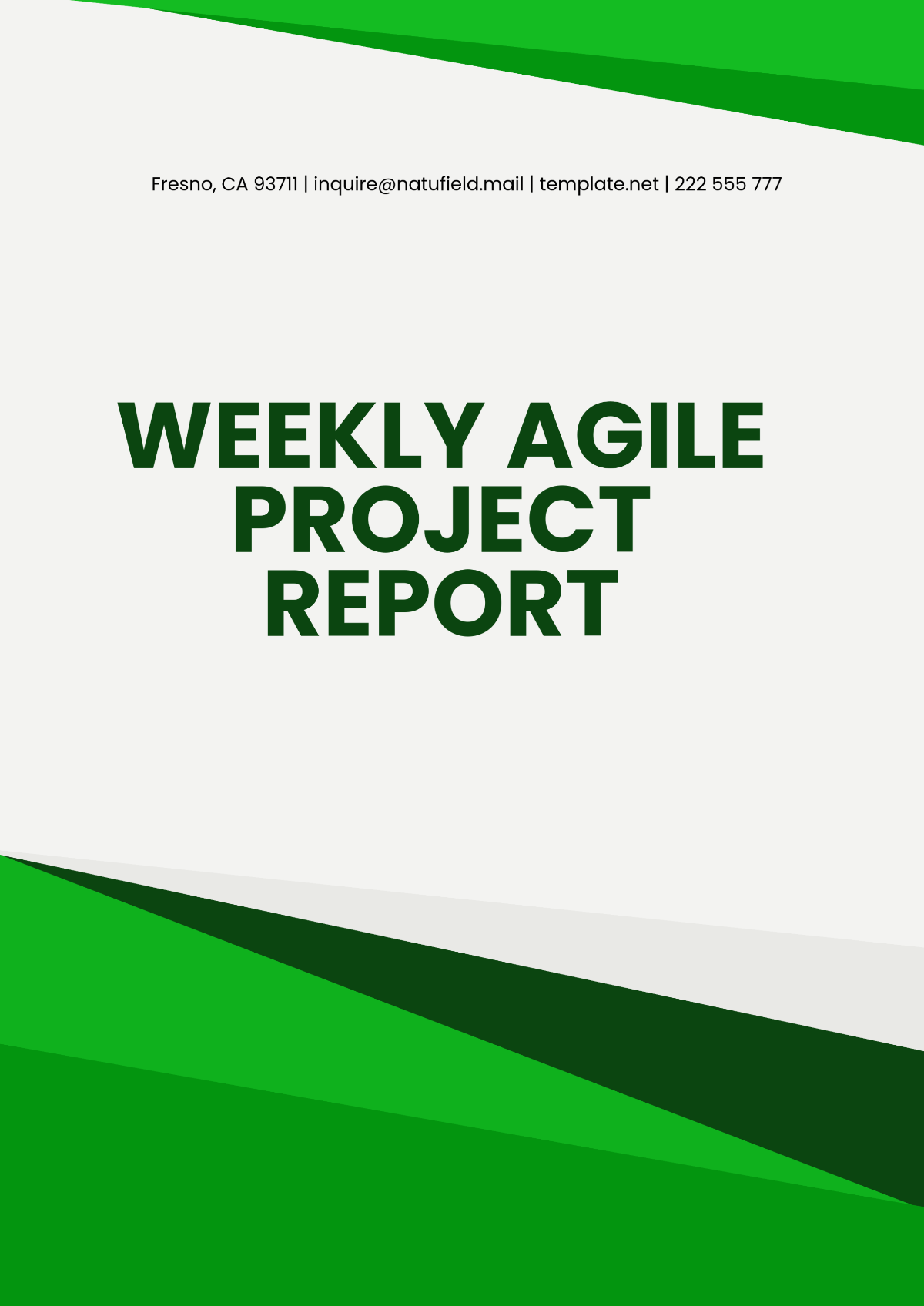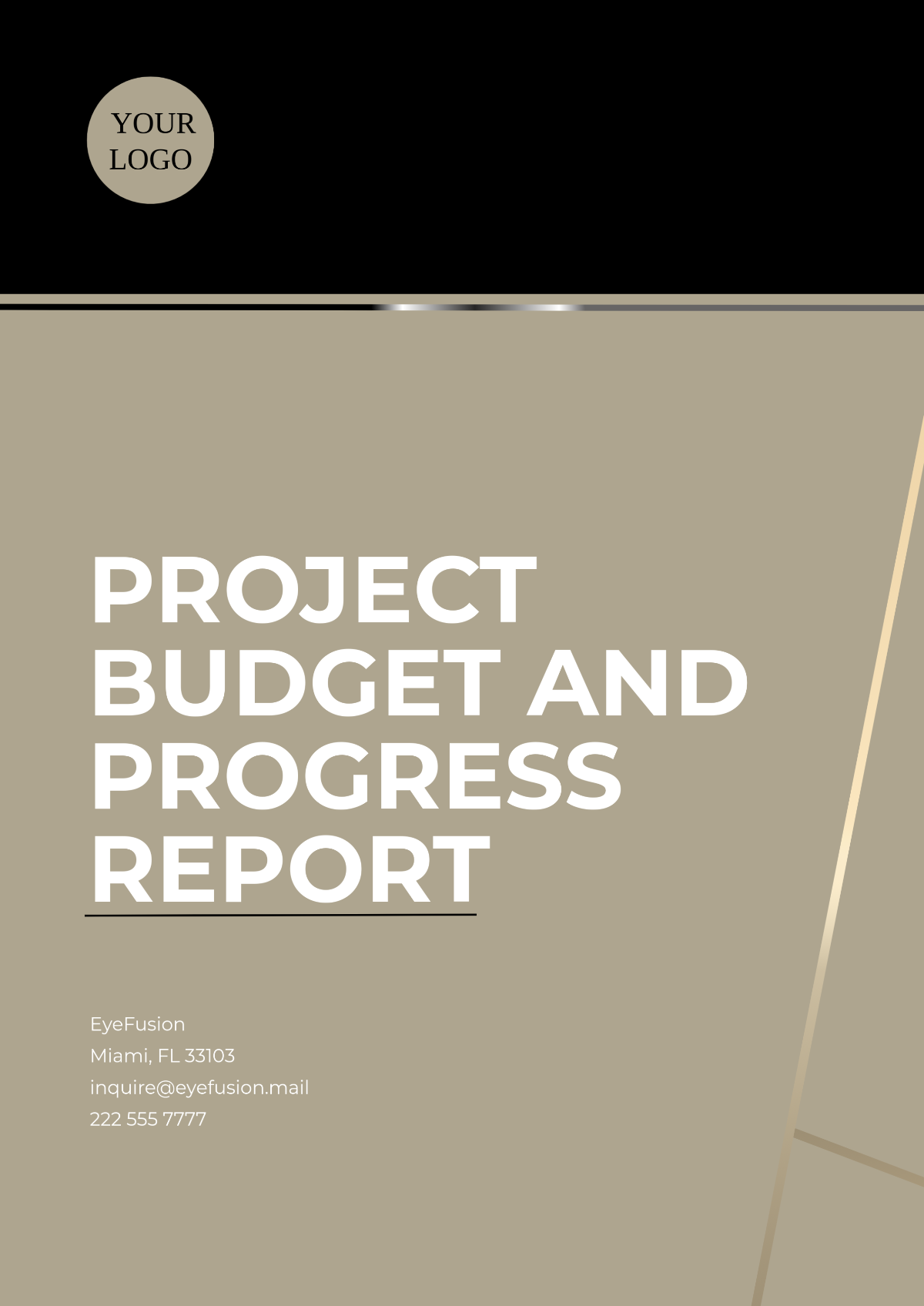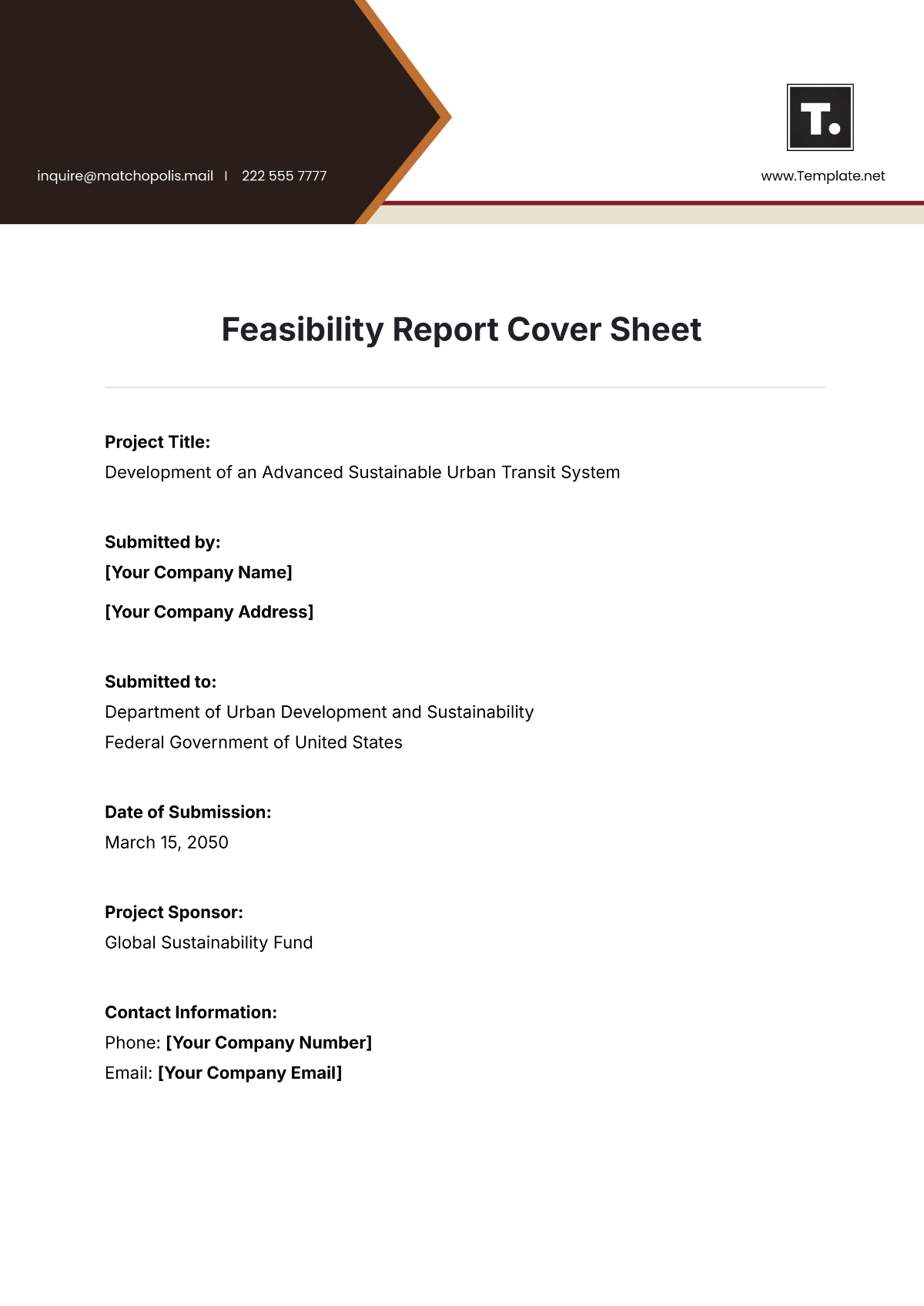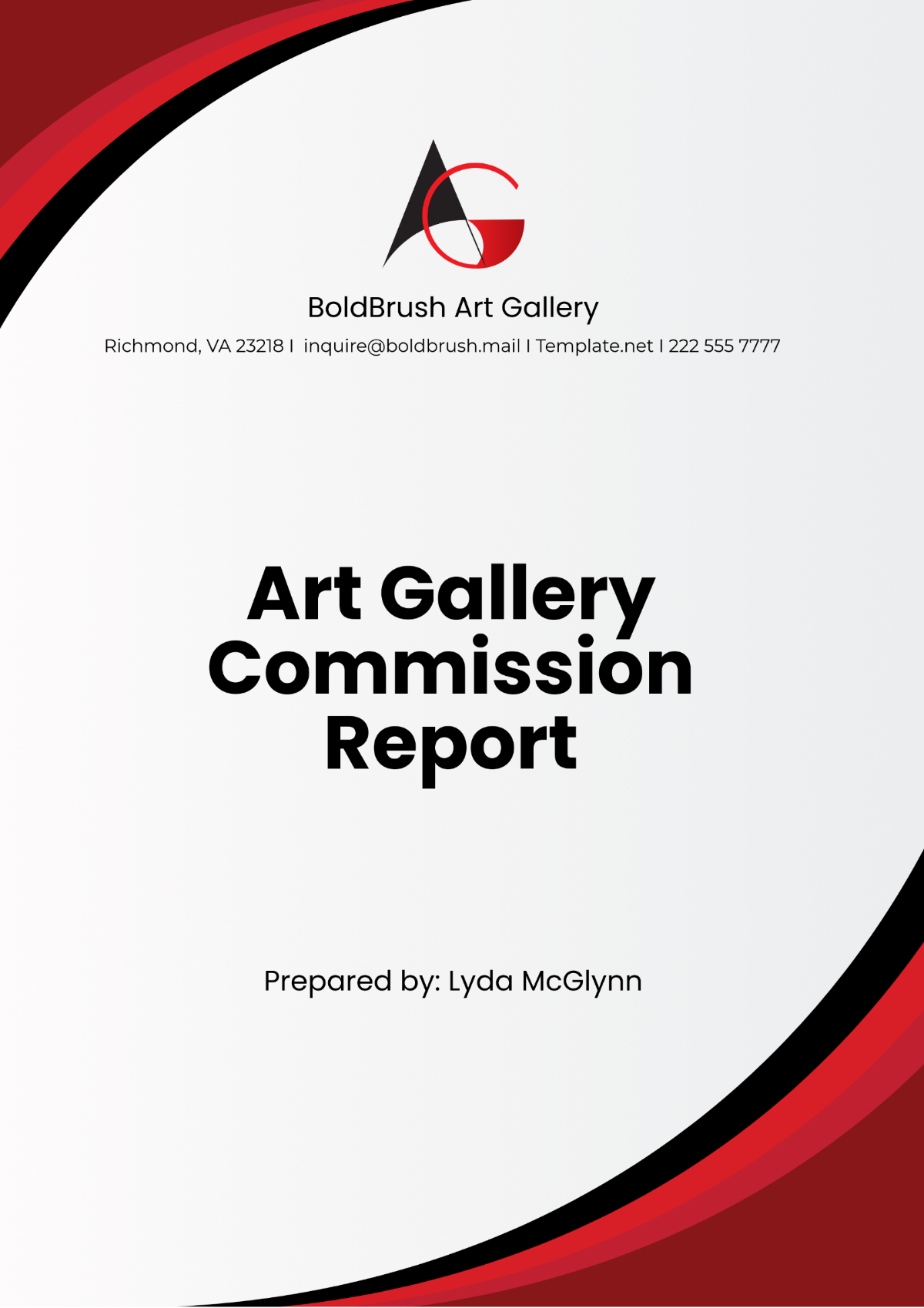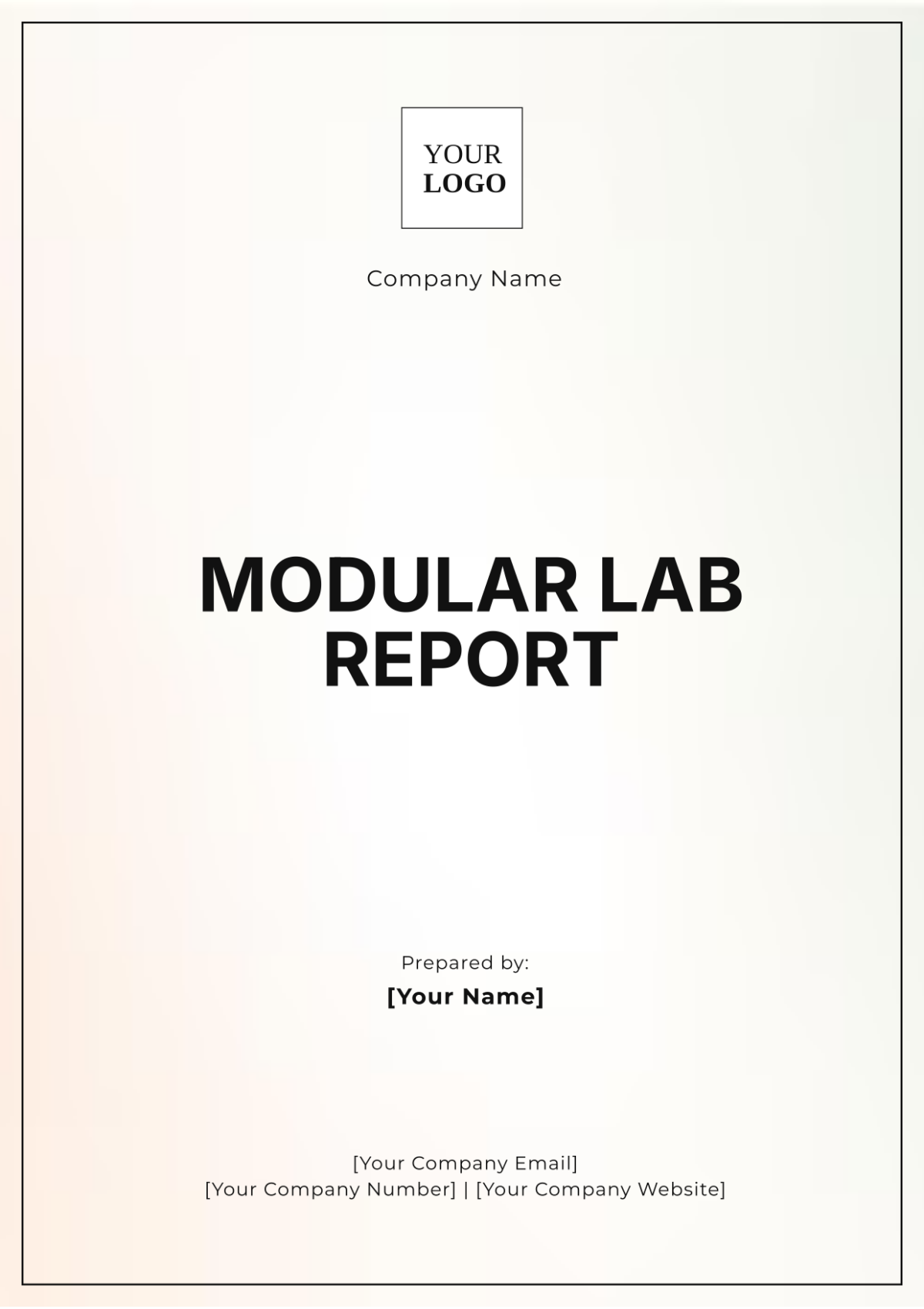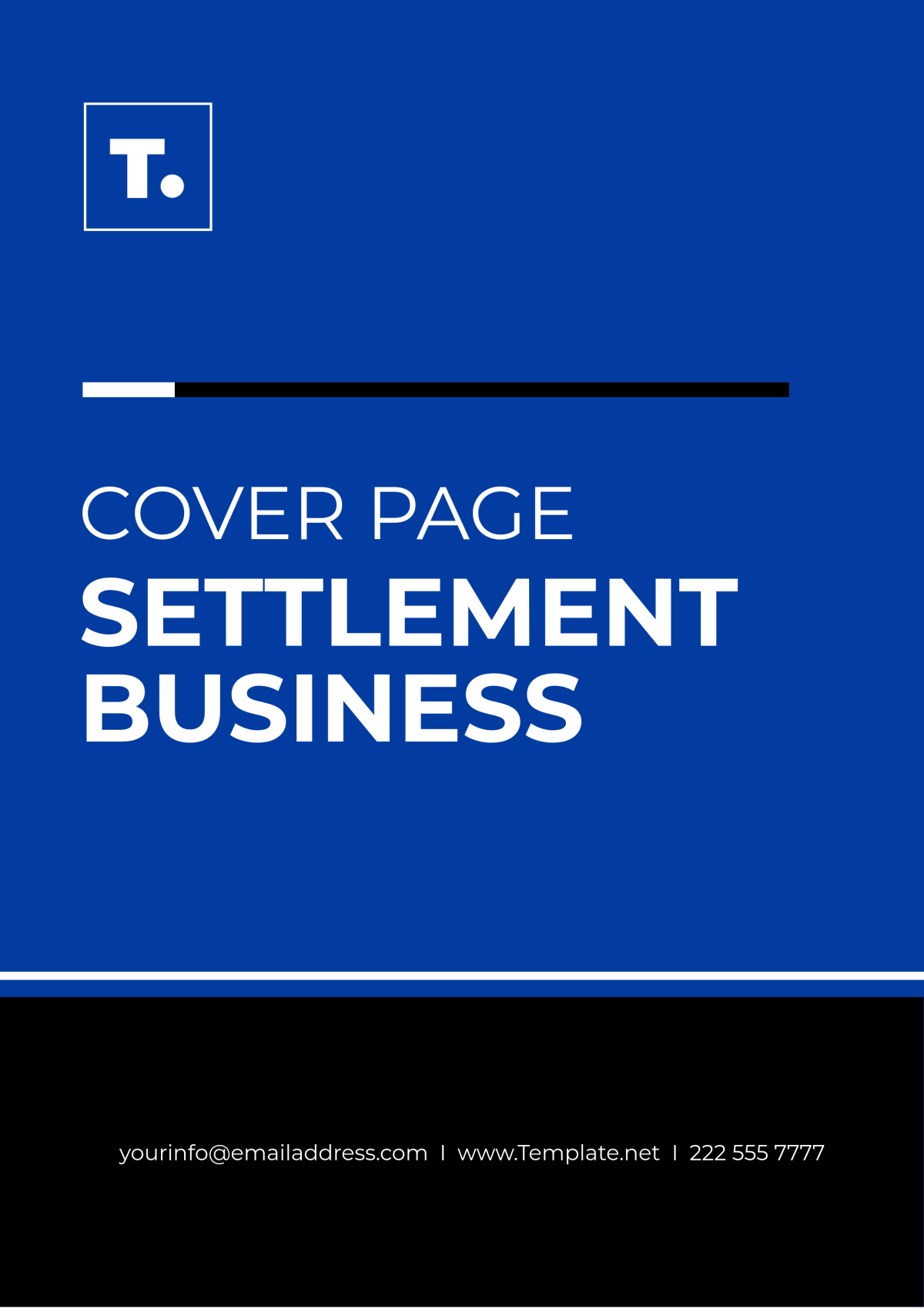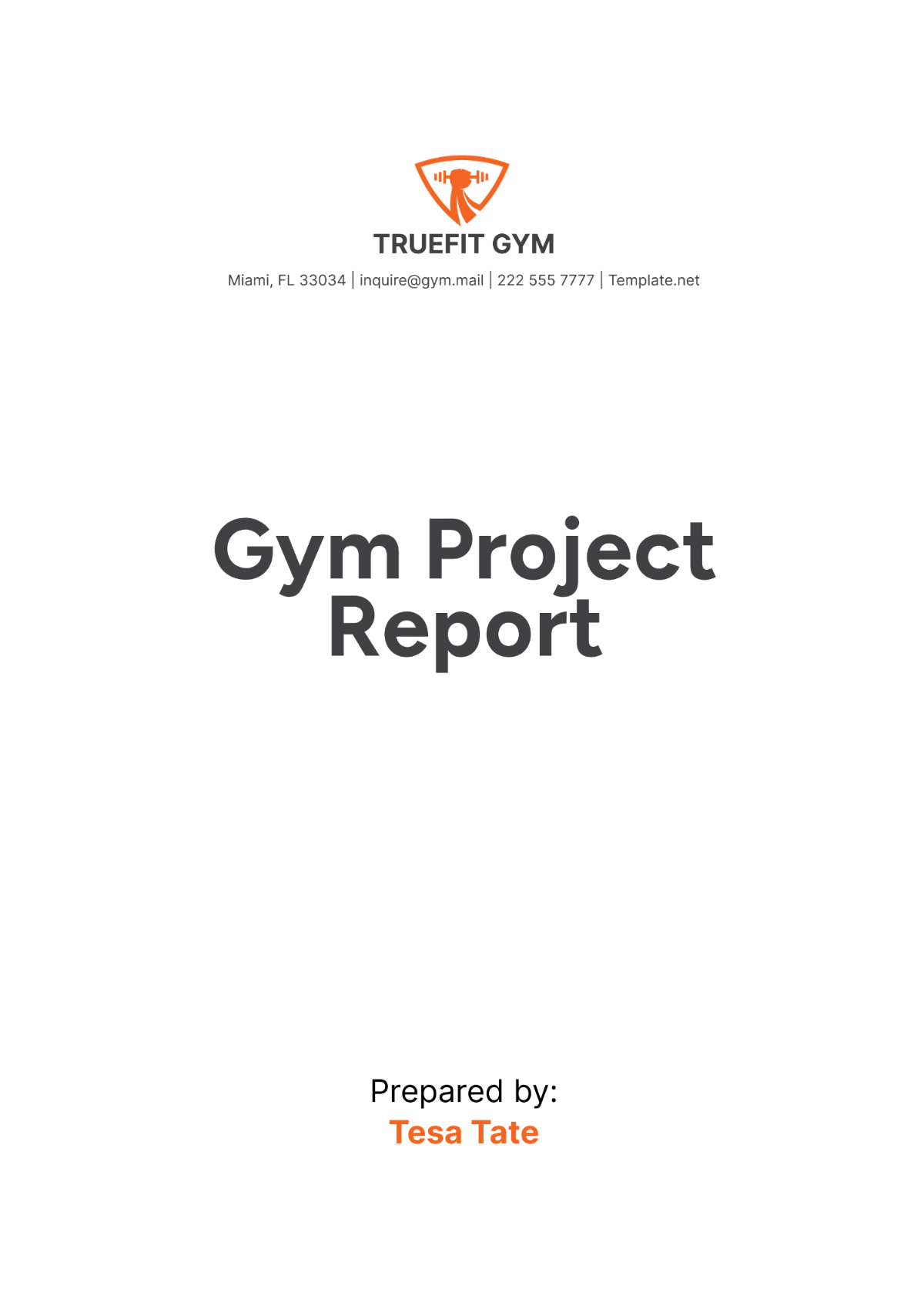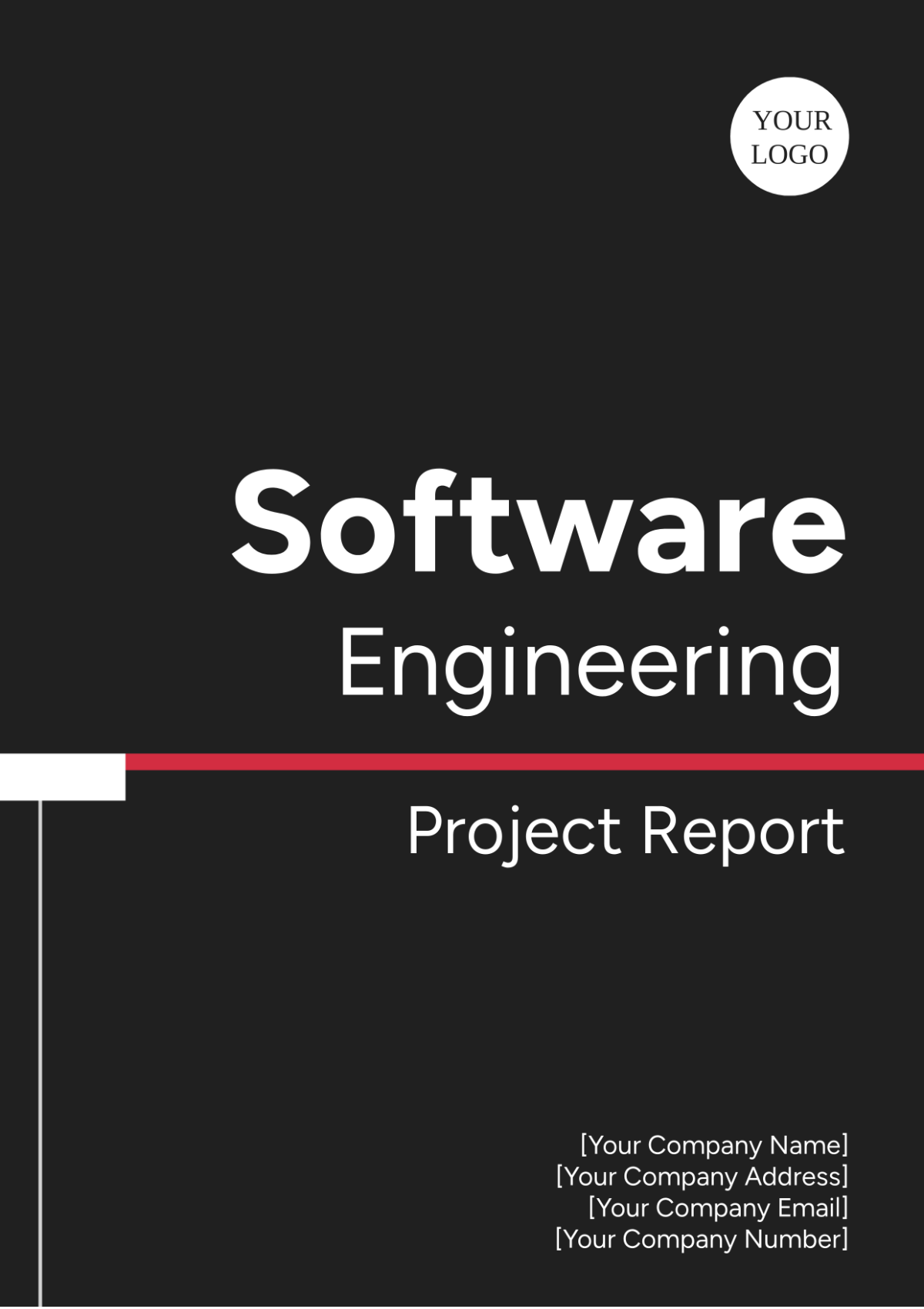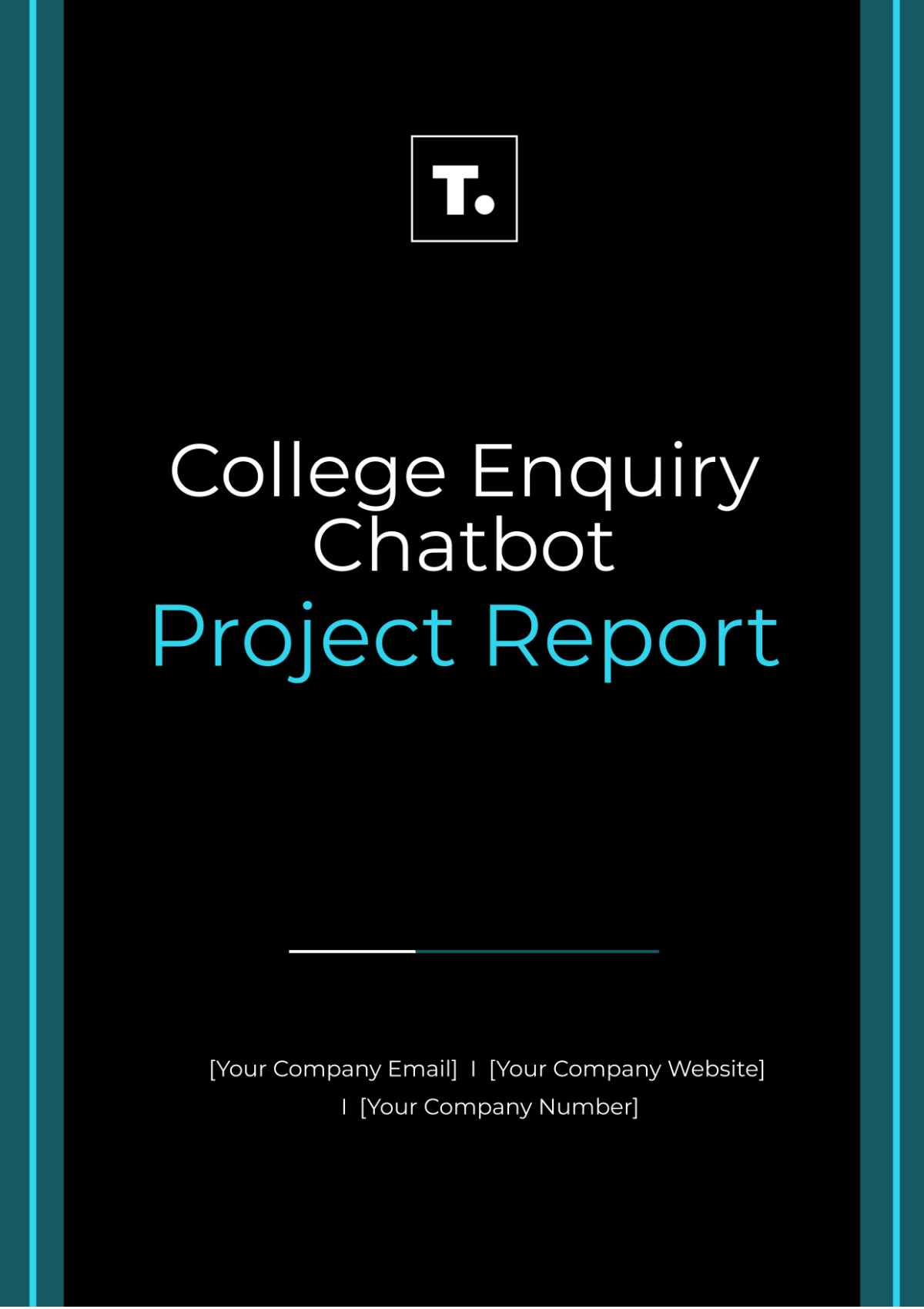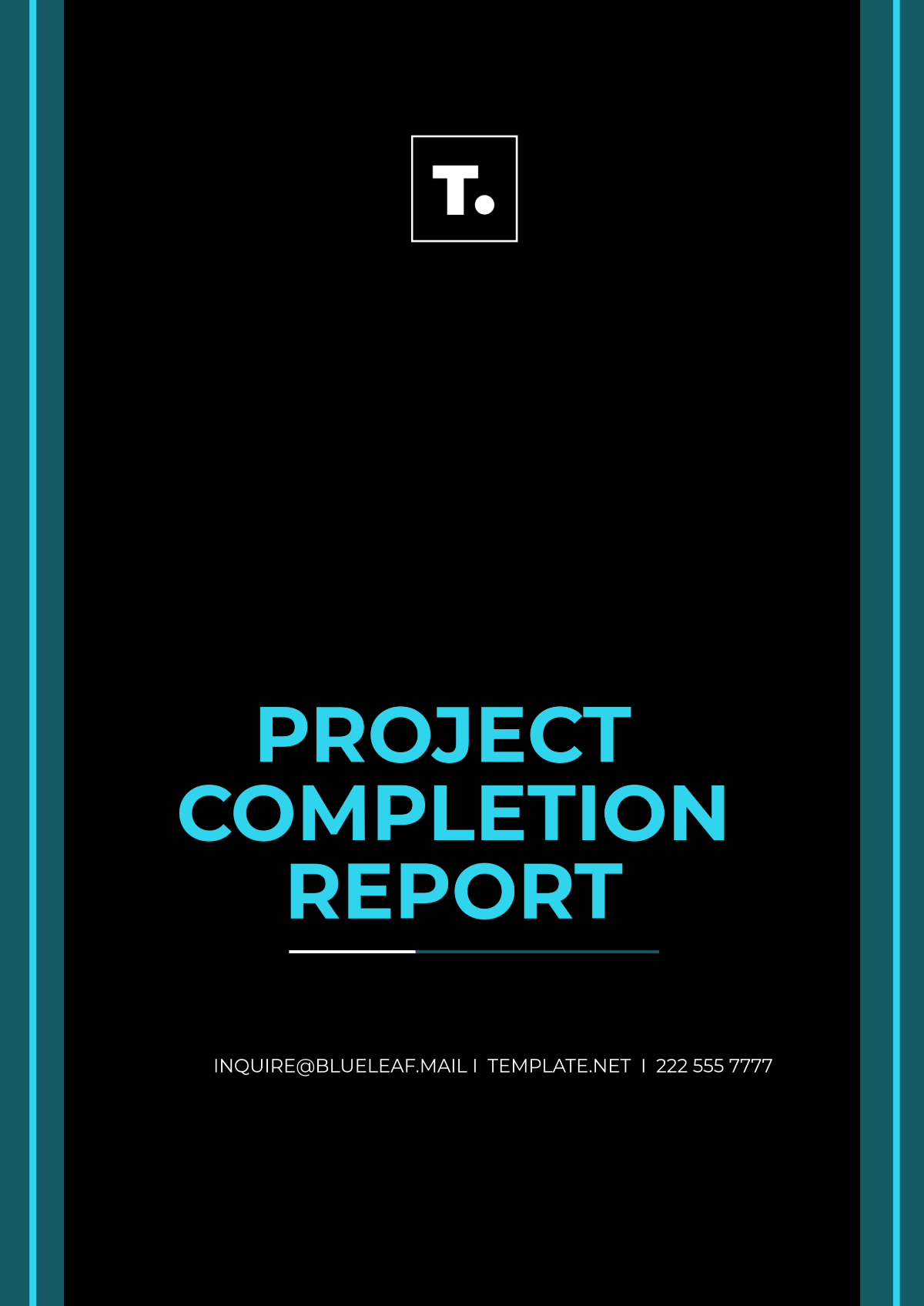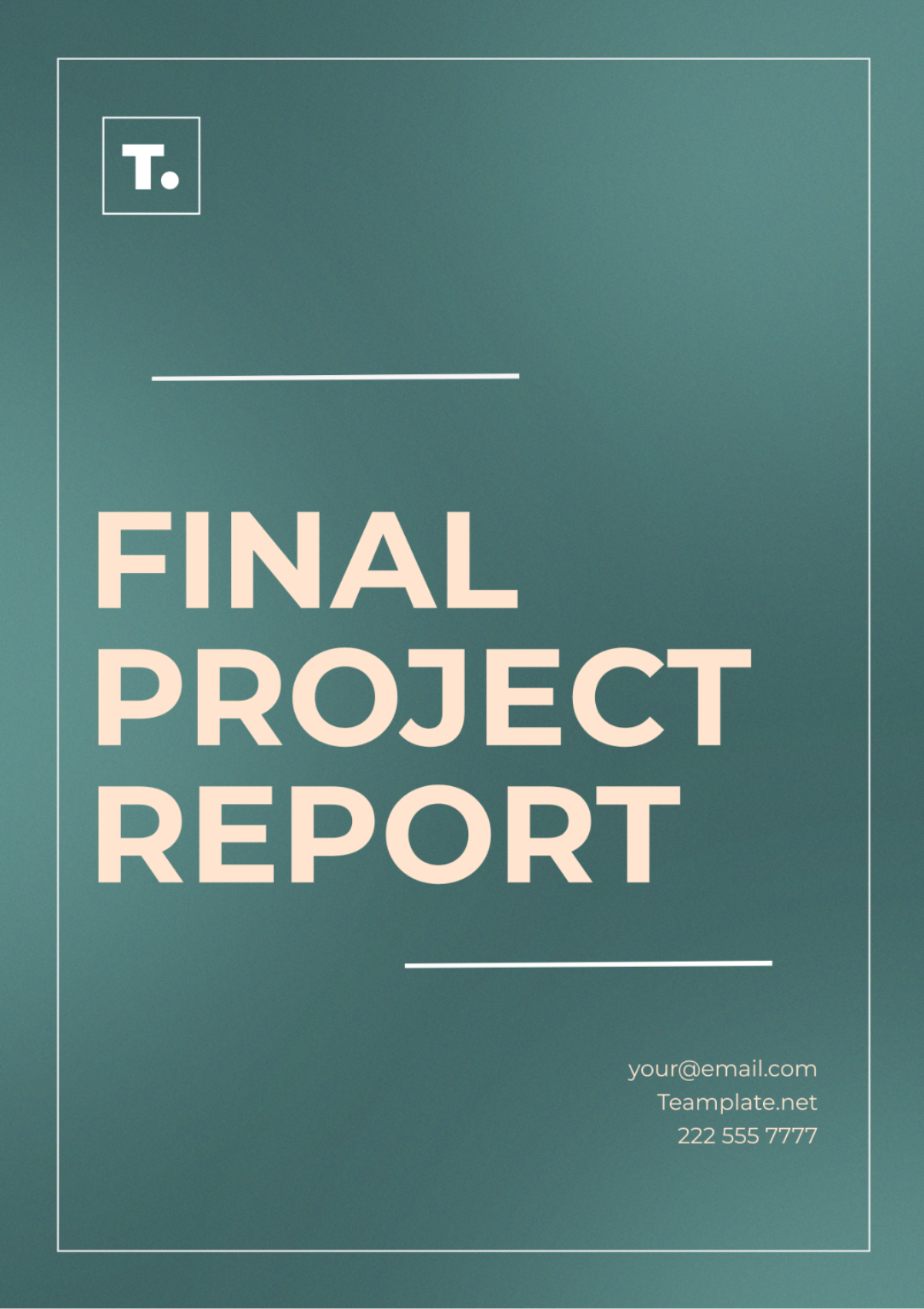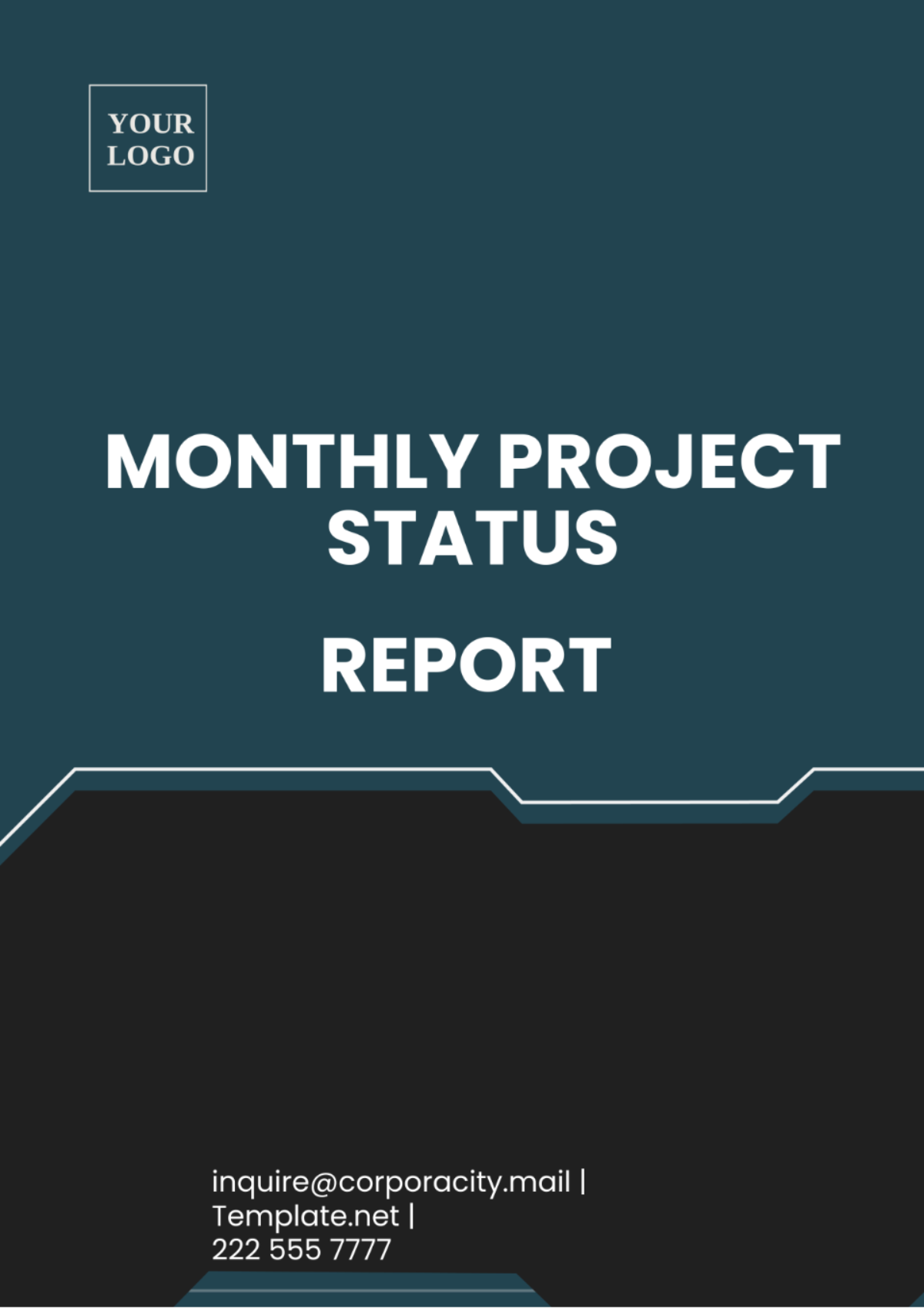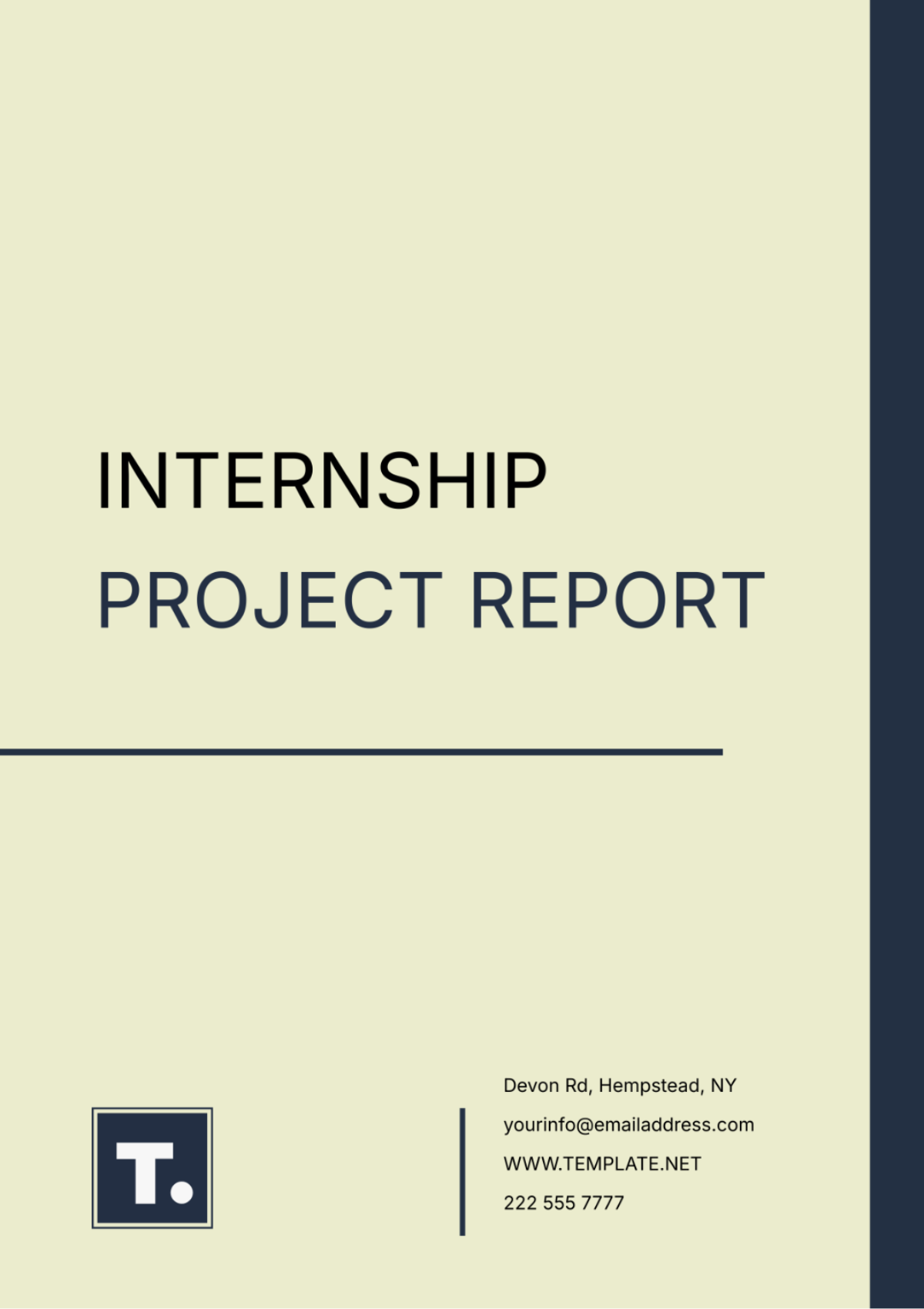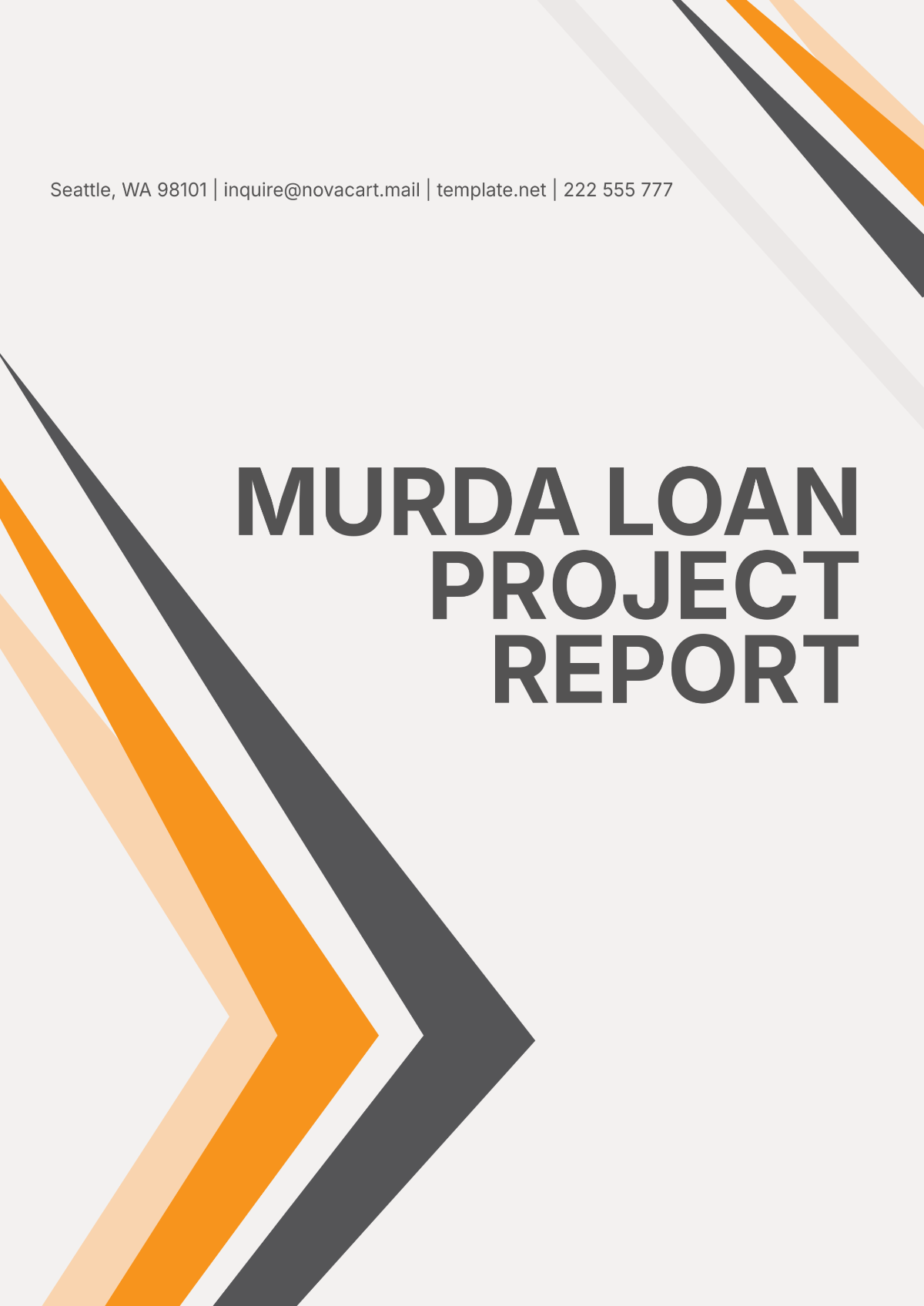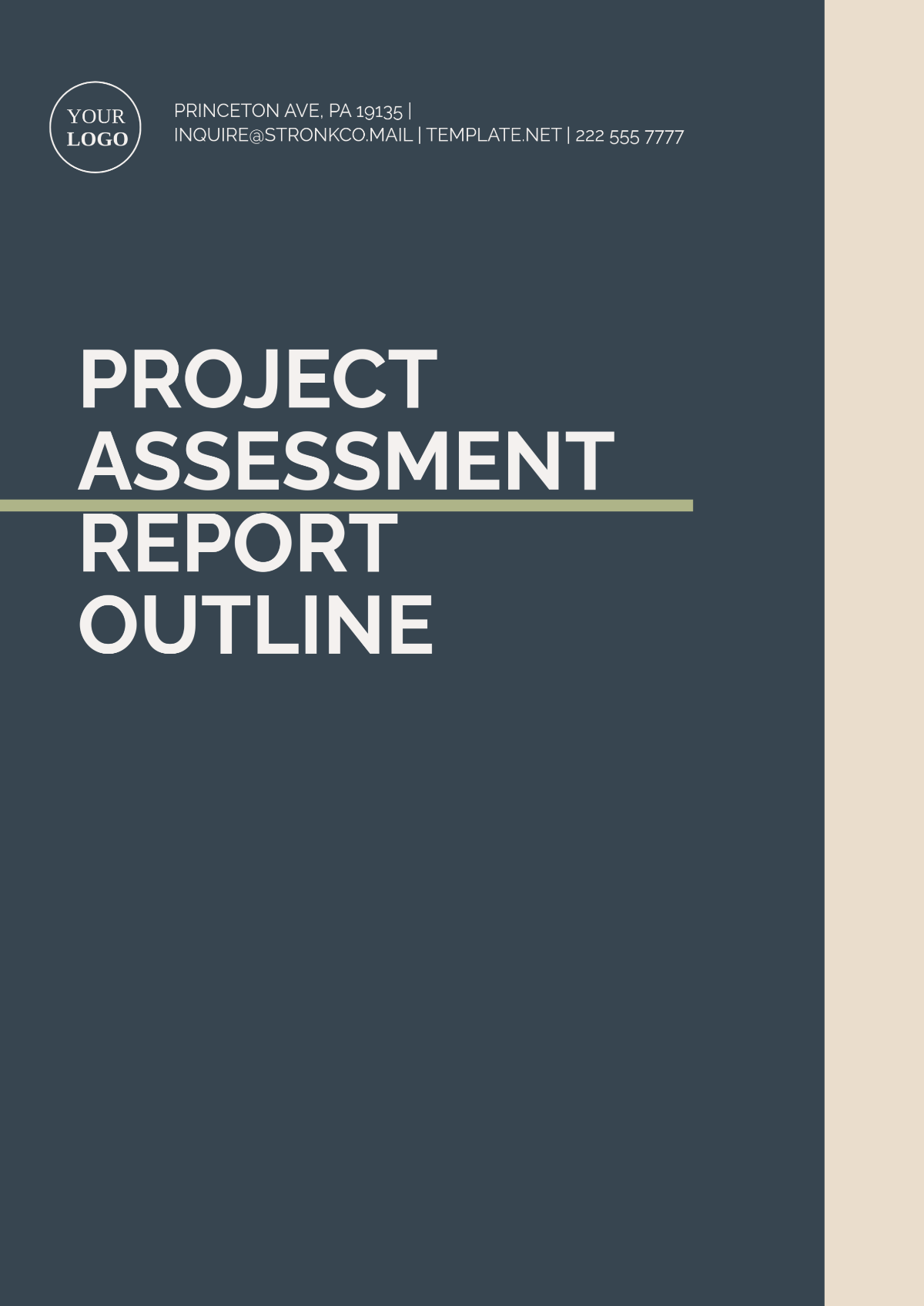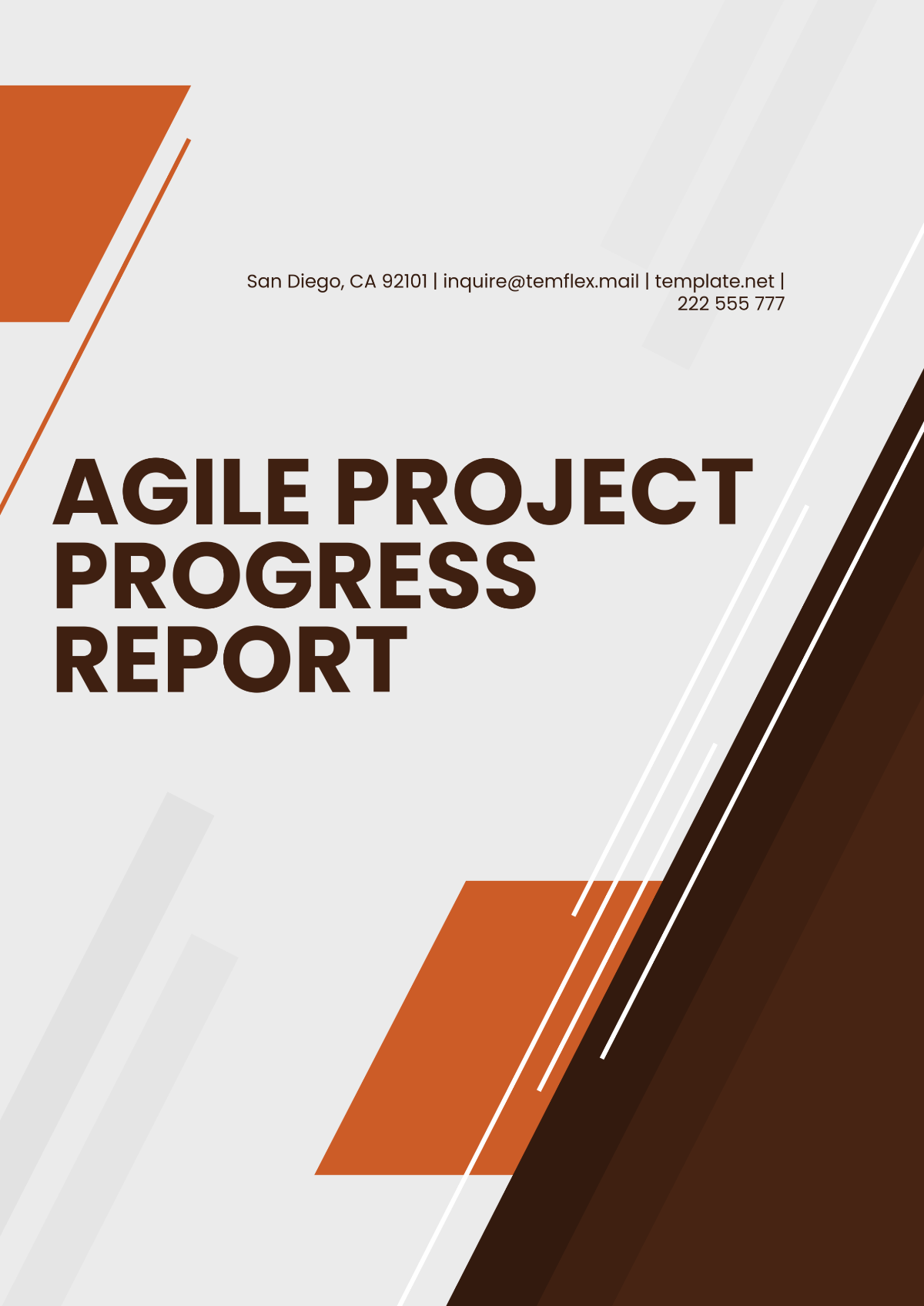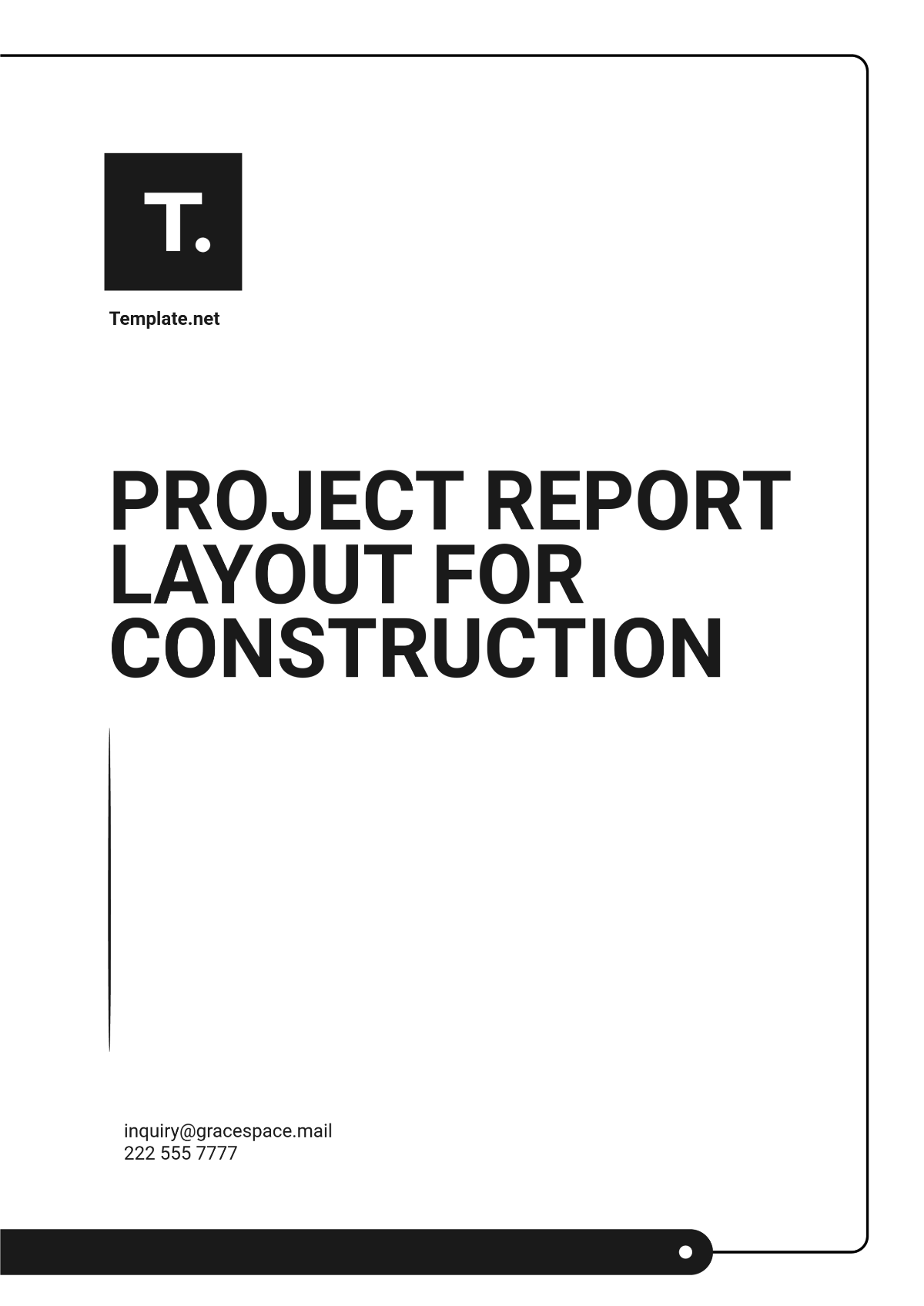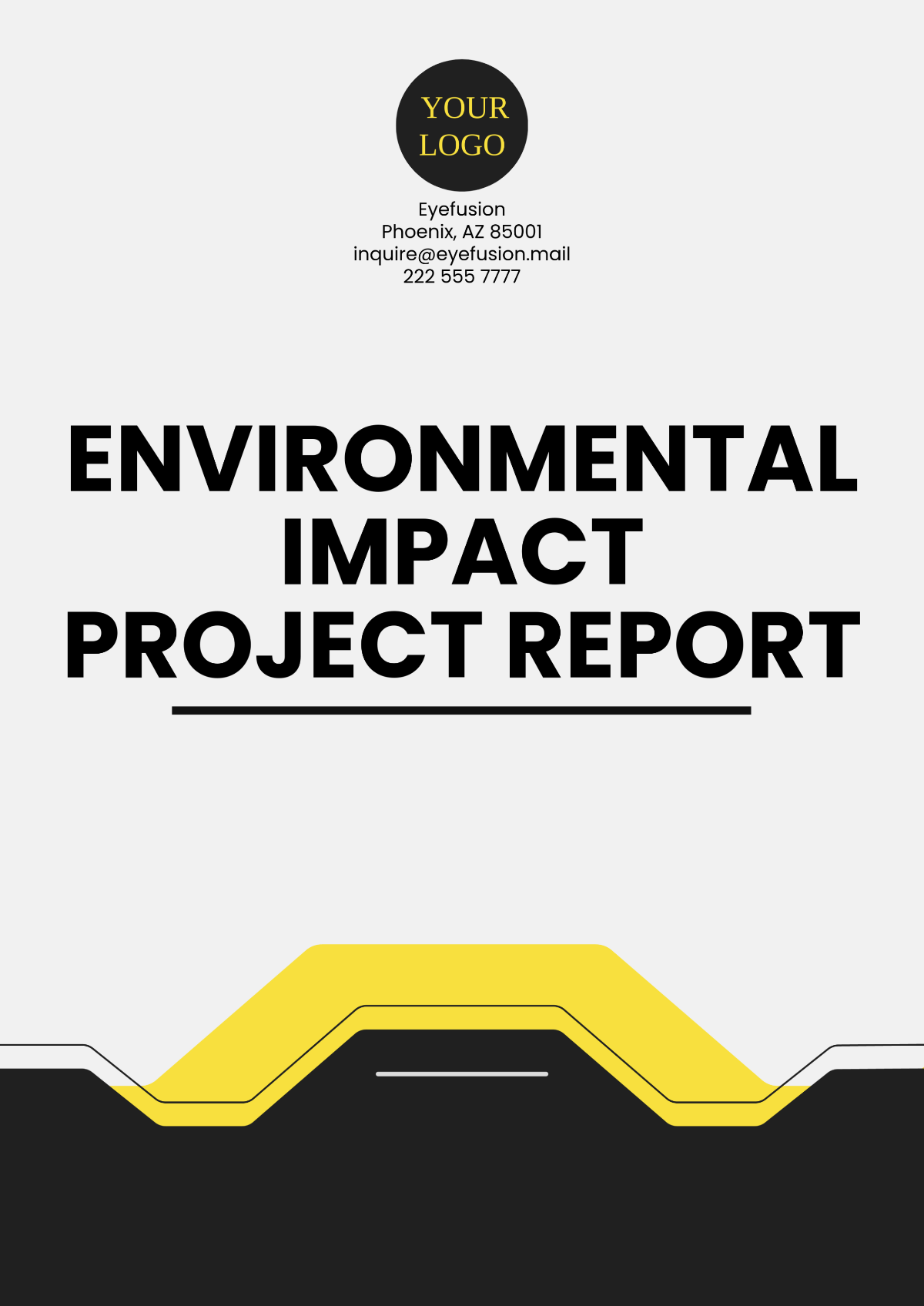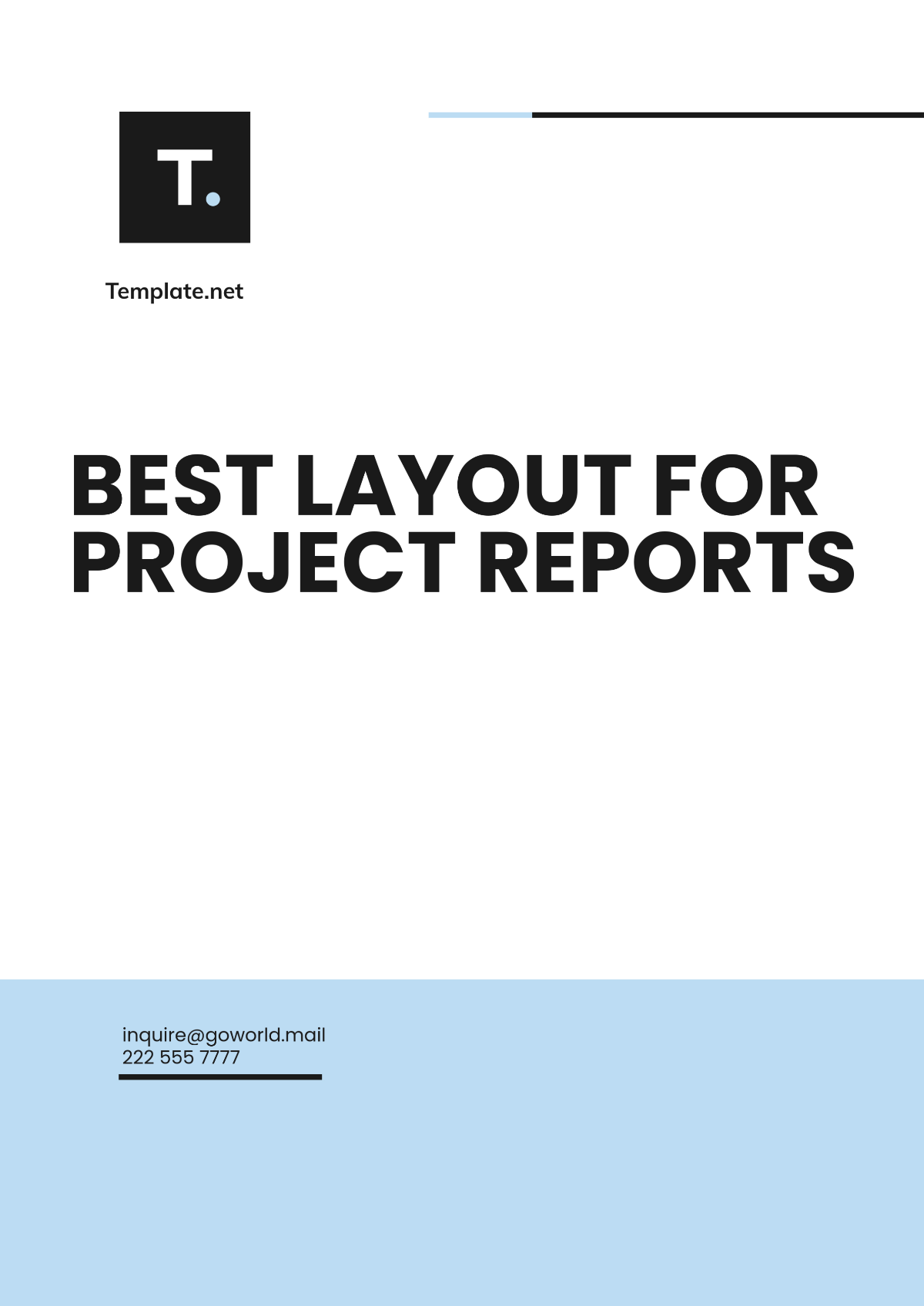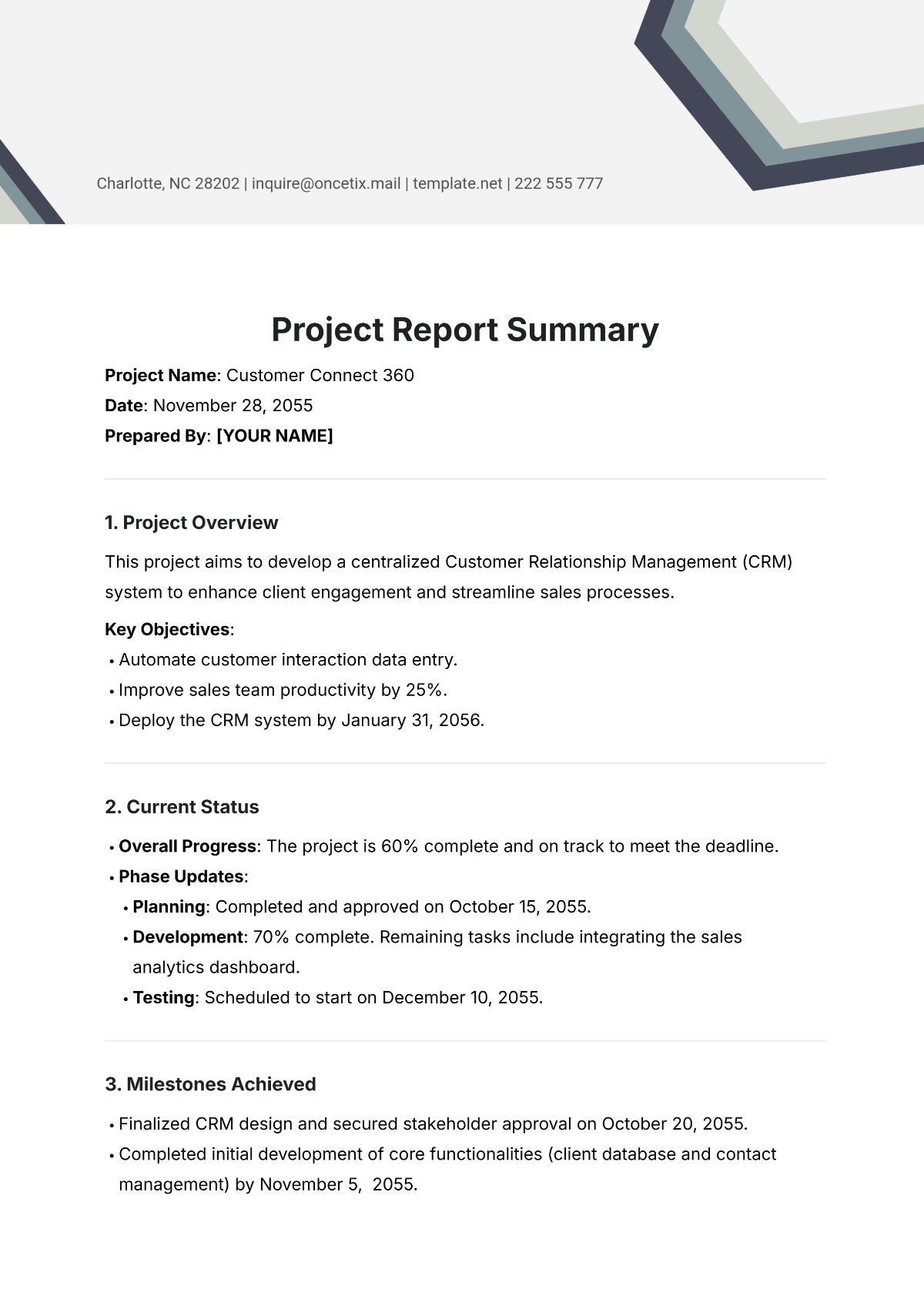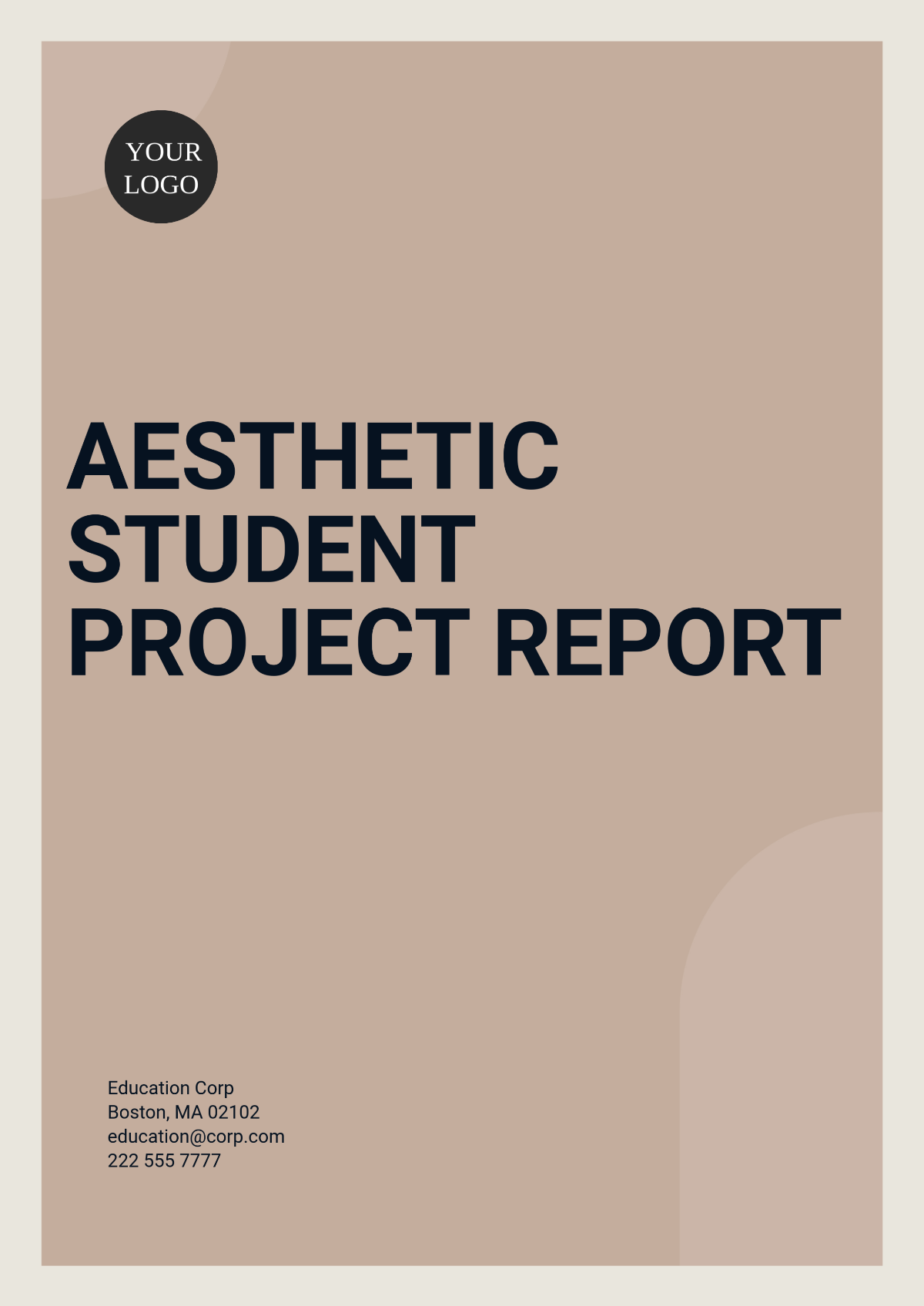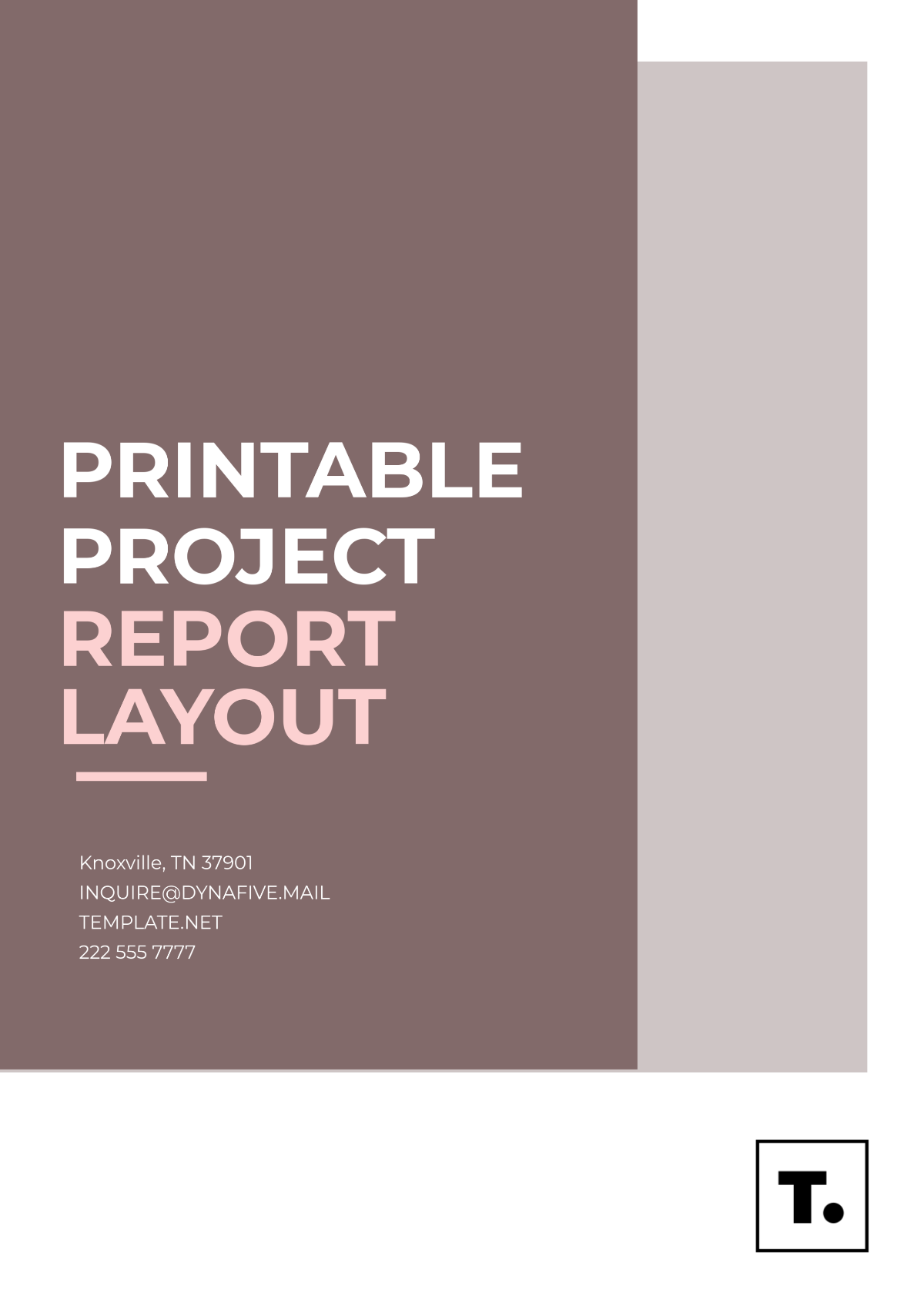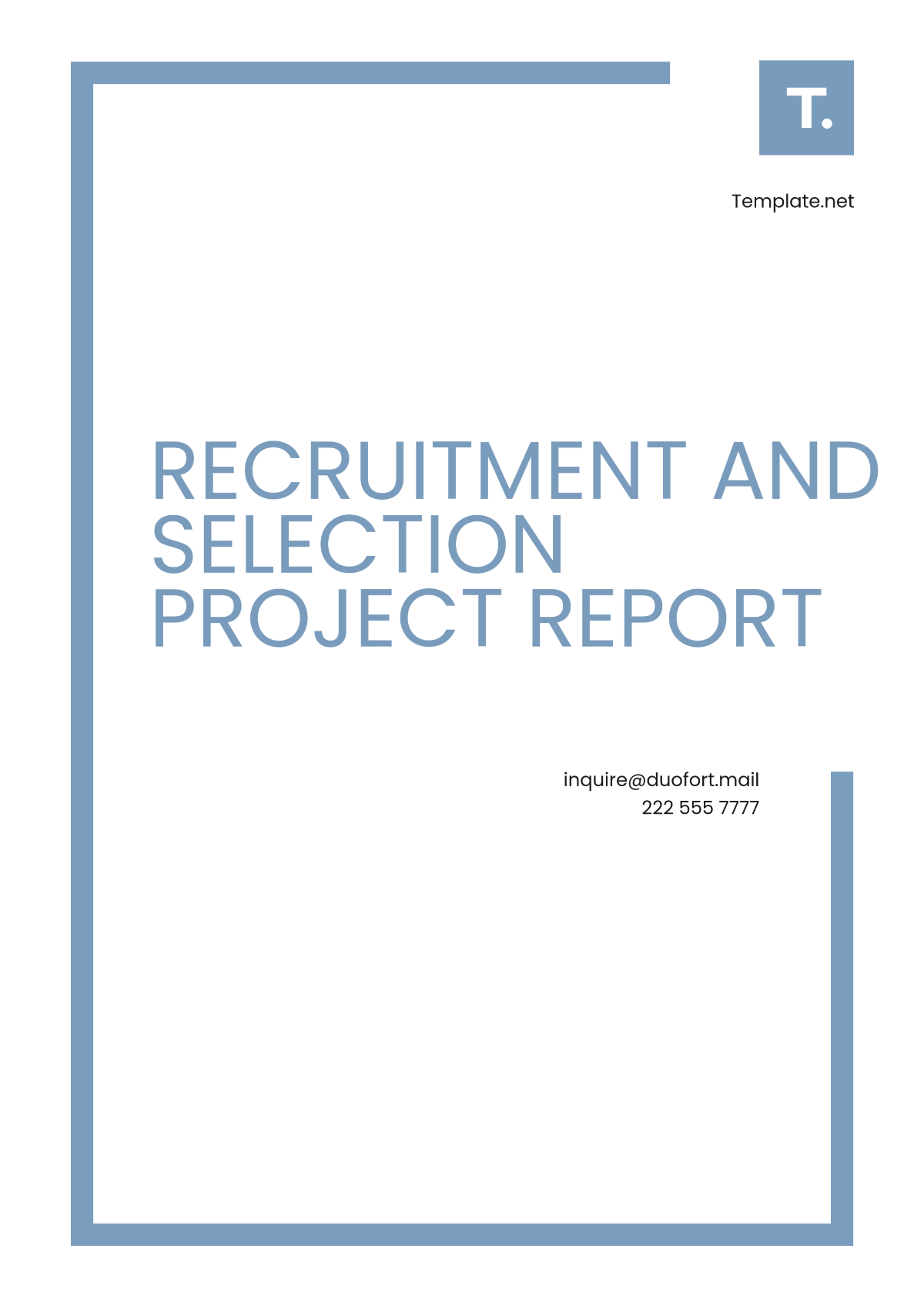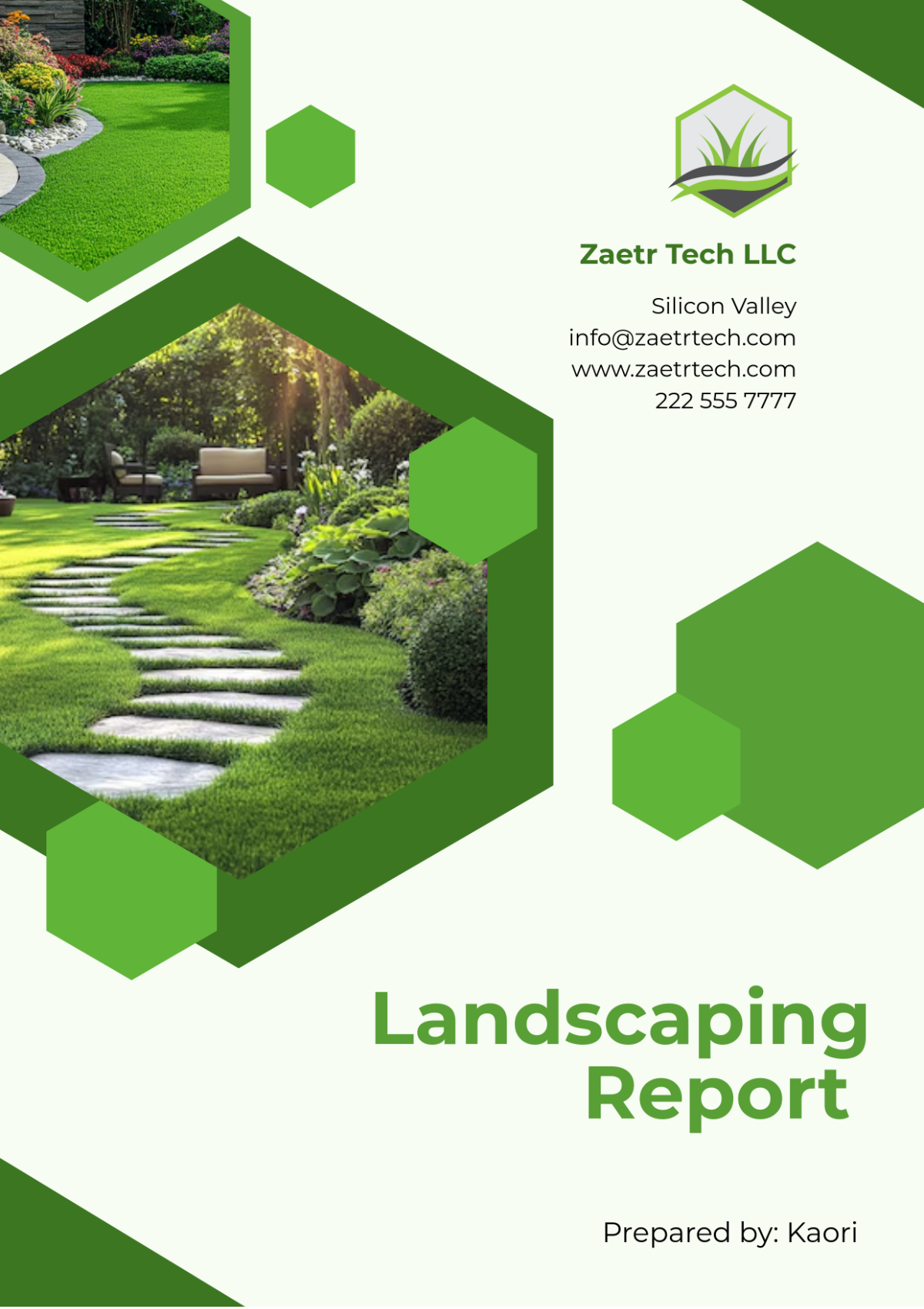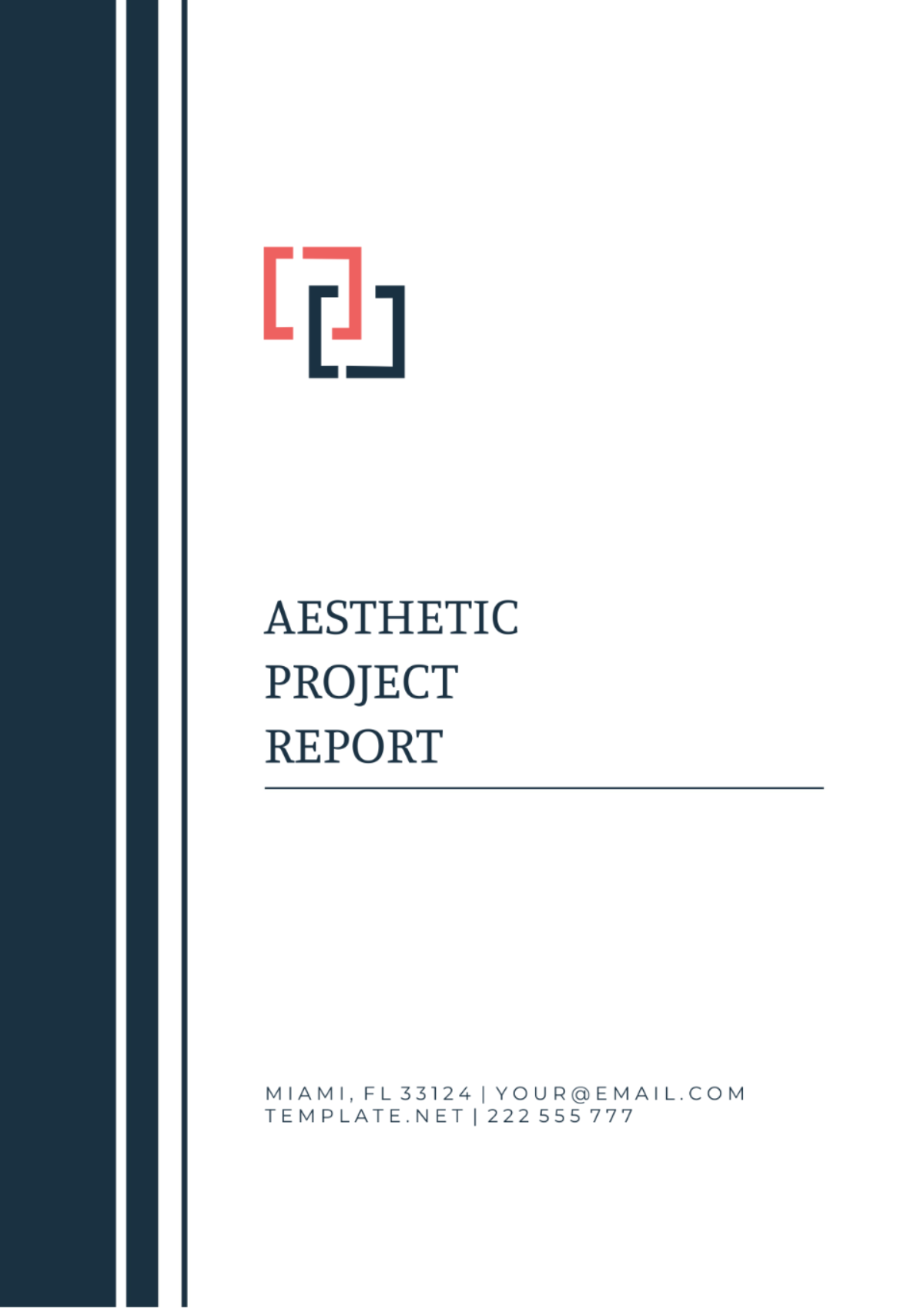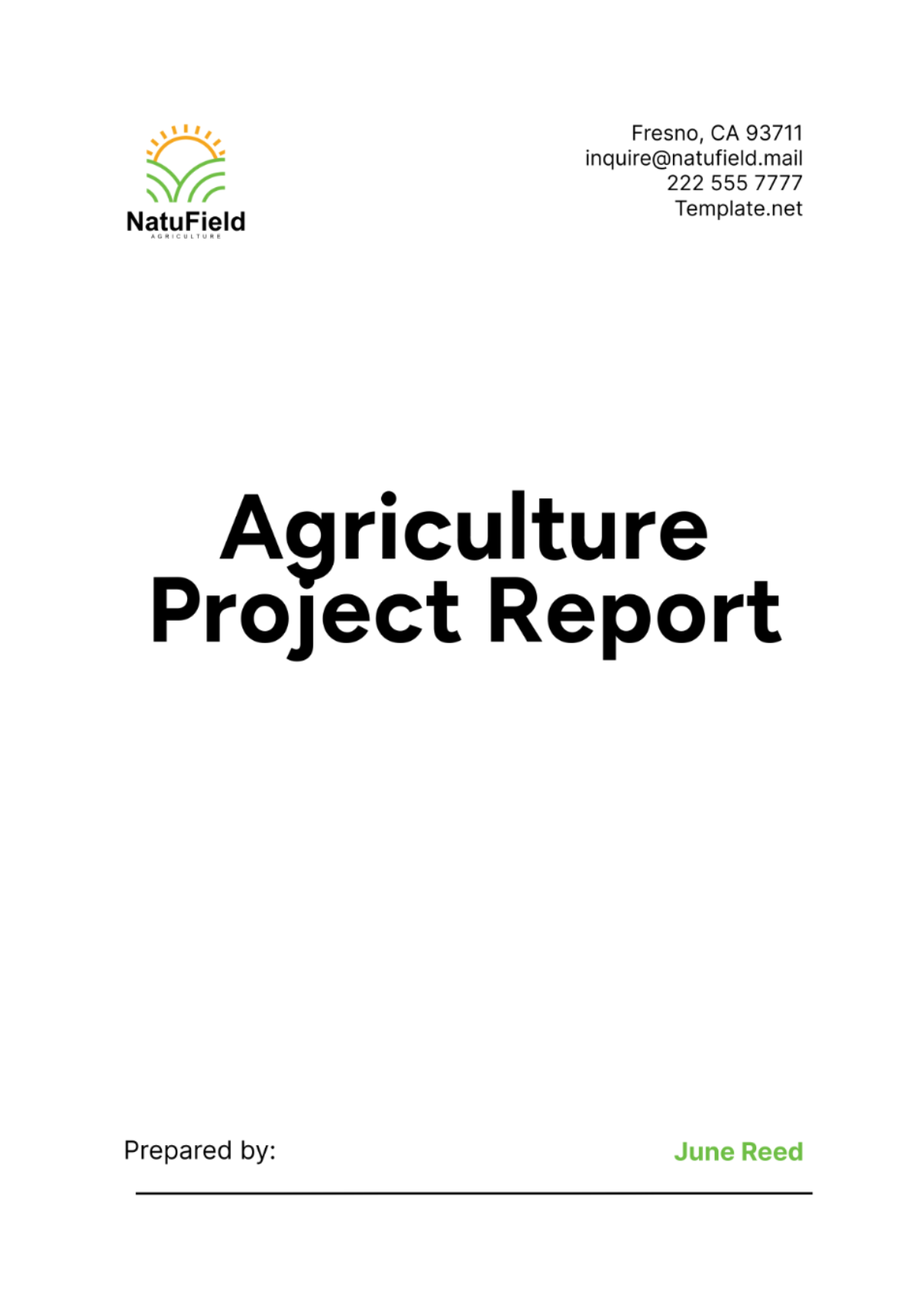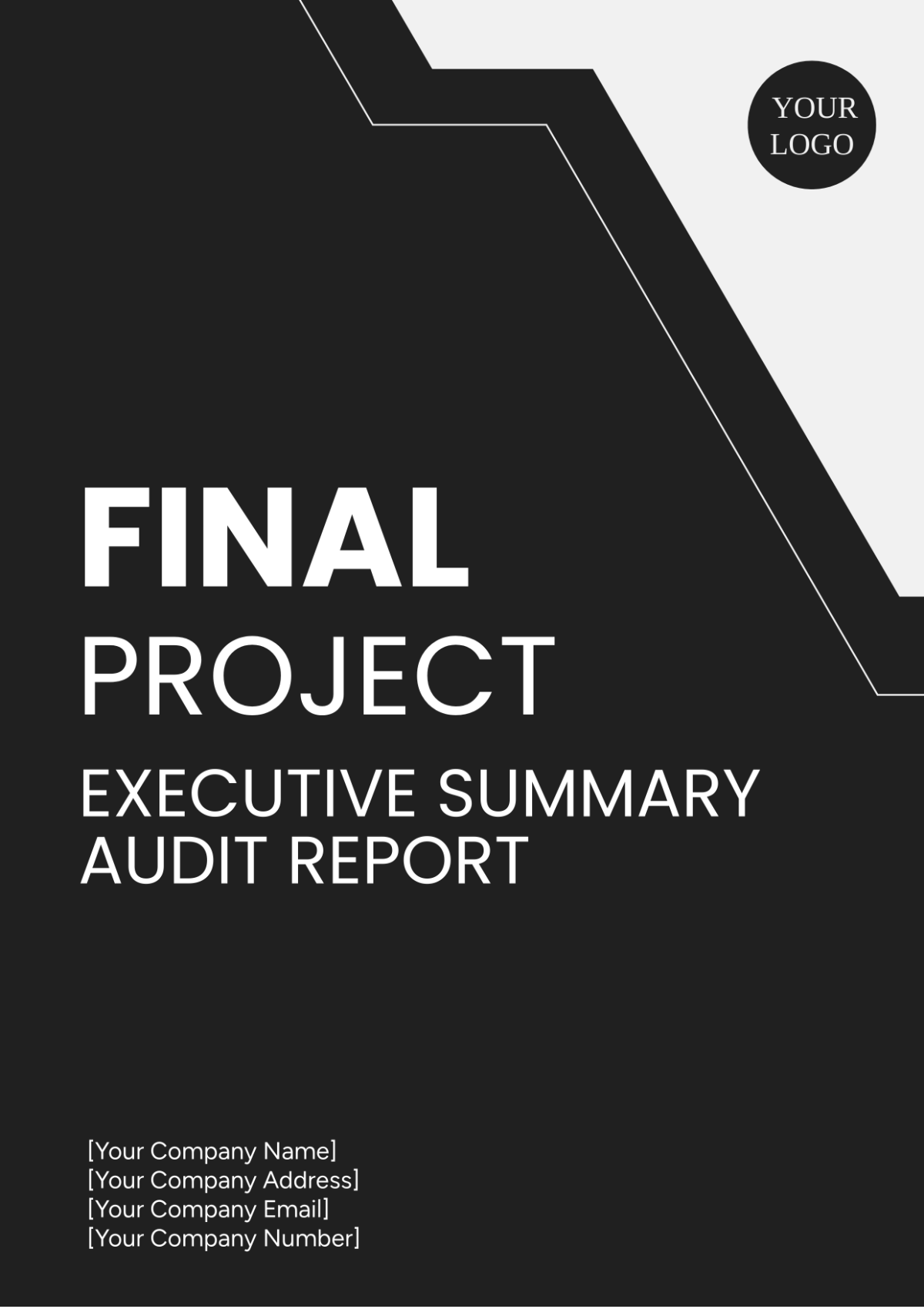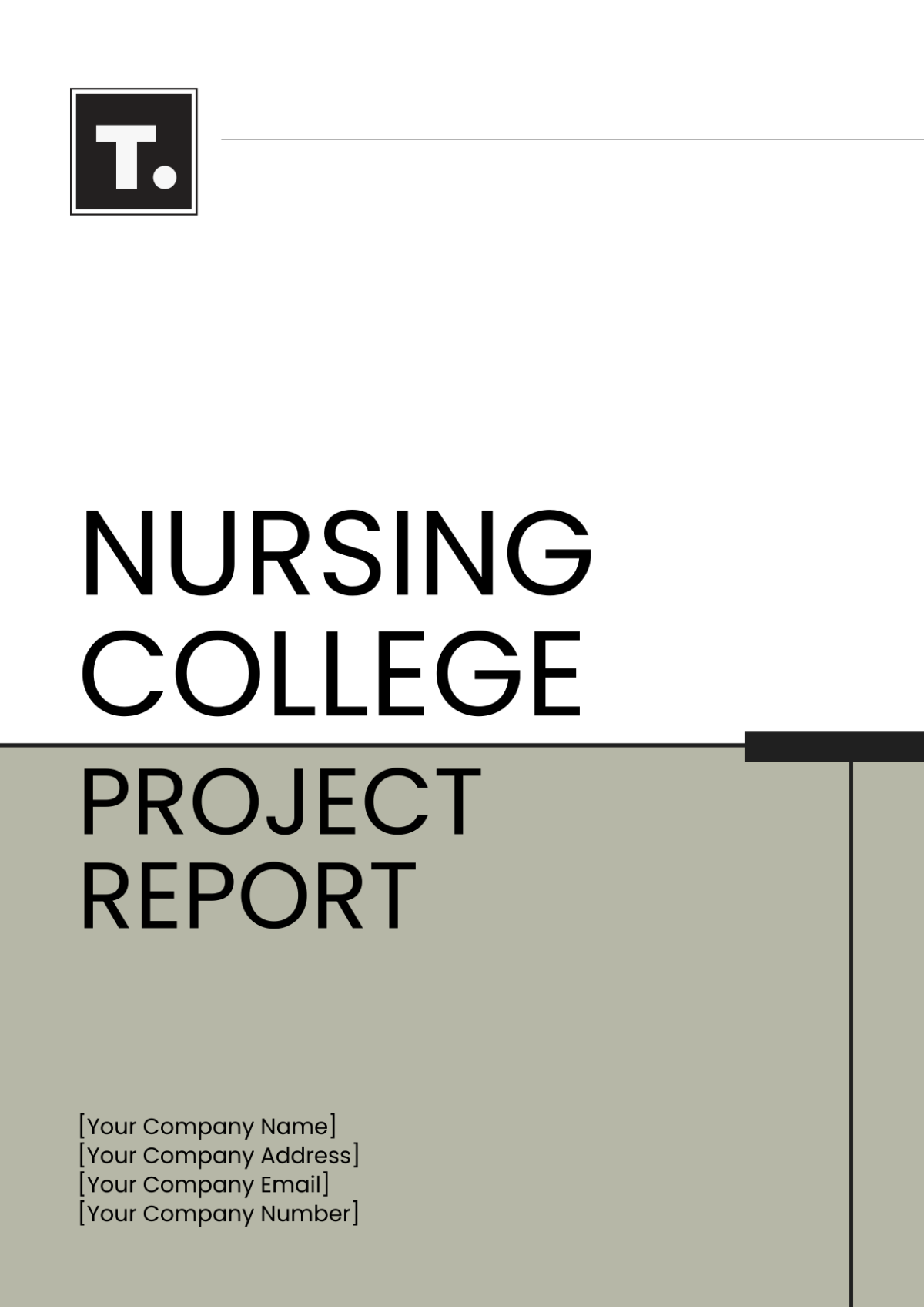School Website Project Report
I. Executive Summary
The School Website Project aimed to develop the online presence of [YOUR COMPANY NAME] to enhance communication, accessibility, and engagement for students, parents, faculty, and the community. Led by [YOUR NAME], the project commenced on January 1, 2050, and concluded on June 30, 2050, achieving significant milestones and delivering on key objectives.
II. Introduction
In an era dominated by digital communication, a well-designed and functional website is paramount for educational institutions to effectively convey information, showcase achievements, and foster community engagement. The existing website of [YOUR COMPANY NAME] faced challenges in terms of outdated design, cumbersome navigation, and limited interactivity. Recognizing the need for a modern and user-friendly online platform, the School Website Project was initiated to revamp the website and align it with contemporary standards and user expectations.
III. Objectives
Enhanced User Experience: The primary objective was to improve the overall user experience by revamping website navigation, enhancing accessibility features, and ensuring responsiveness across various devices and screen sizes.
Comprehensive Information Hub: Another key objective was to transform the website into a comprehensive information hub, serving as a centralized platform for accessing school-related information, resources, announcements, and event calendars.
Visual Identity: Establishing a cohesive visual identity was essential to reflect the school's ethos, values, and branding consistently across all digital touchpoints, fostering a sense of belonging and unity among stakeholders.
Interactive Features: The project aimed to implement interactive elements such as online forms, event registration portals, multimedia galleries, and discussion forums to encourage active engagement and participation among students, parents, and faculty.
Integration: Seamless integration with existing systems and third-party platforms, such as student information systems, learning management systems, and social media channels, was critical to streamline administrative processes and enhance overall efficiency.
IV. Methodology
The project followed a systematic approach encompassing the following phases:
Assessment and Planning: A comprehensive analysis of the existing website was conducted to identify shortcomings, analyze user feedback, and define project requirements. Based on the findings, a detailed project plan was formulated, outlining key deliverables, milestones, and resource allocation.
Design and Development: Collaborating with [PARTNER COMPANY NAME], a leading digital agency specializing in educational websites, the project team embarked on the design and development phase. This involved conceptualizing wireframes, creating mockups, and translating them into functional prototypes through iterative design iterations. The website was built using the latest web technologies and responsive design principles to ensure compatibility across desktops, tablets, and smartphones.
Content Migration and Optimization: Existing content from the old website was migrated to the new platform, undergoing thorough review and optimization for search engines (SEO) and user engagement. Content restructuring and categorization were implemented to enhance readability and navigation, making it easier for users to find relevant information.
Training and Implementation: Prior to the website launch, comprehensive training sessions were conducted for key stakeholders, including school administrators, teachers, and staff members responsible for website management and content updates. Training materials and documentation were provided to support ongoing website maintenance and administration.
Launch and Feedback: Following rigorous testing and quality assurance checks, the revamped website was launched on June 30, 2050, marking the culmination of the project. A feedback mechanism was established to gather input from users, allowing for iterative improvements and enhancements based on user preferences and usability metrics.
Table 1: Project Timeline
Phase | Start Date | End Date |
|---|---|---|
Assessment and Planning | January 1, 2050 | February 28, 2050 |
Design and Development | March 1, 2050 | April 30, 2050 |
Content Migration | May 1, 2050 | May 15, 2050 |
Training and Implementation | May 16, 2050 | June 15, 2050 |
Launch and Feedback | June 16, 2050 | June 30, 2050 |
Table 2: Budget Allocation
Category | Budget Allocation (USD) |
|---|---|
Web Design Services | $25,000 |
Development Costs | $30,000 |
Content Management System | $5,000 |
Training Expenses | $3,000 |
Miscellaneous | $2,000 |
Total | $65,000 |
V. Results
Enhanced User Experience: Post-launch user feedback indicated a significant improvement in website navigation, with users praising the intuitive layout and simplified menu structure. Accessibility features, such as text resizing and contrast adjustments, were well-received by users with disabilities, ensuring inclusivity and equal access to information.
Comprehensive Information Hub: The revamped website served as a one-stop destination for accessing a wide range of school-related information, including academic programs, extracurricular activities, faculty profiles, admissions procedures, and school policies. Information was organized into logical sections, making it easier for users to locate desired content.
Visual Identity: The implementation of a cohesive visual identity, featuring the school colors, logo, and typography, contributed to a consistent and professional aesthetic across all website pages. Visual elements were thoughtfully integrated to reinforce brand recognition and instill a sense of pride among students, parents, and alumni.
Interactive Features: The inclusion of interactive features, such as online inquiry forms, event calendars, and multimedia galleries, enhanced user engagement and interaction with the website. Visitors could easily RSVP to school events, submit inquiries, and browse photo galleries, fostering a sense of community and involvement.
Integration: Seamless integration with existing systems, such as the student information system (SIS) and learning management system (LMS), facilitated data synchronization and automation of administrative tasks. Social media integration enabled real-time sharing of news and updates, expanding the school's reach and visibility on digital platforms.
VI. Challenges and Solutions
Technical Challenges: During the development phase, several technical challenges were encountered, including browser compatibility issues and performance optimization concerns. These challenges were addressed through rigorous testing, code optimization, and collaboration with experienced web developers to ensure cross-browser compatibility and optimal website performance.
Content Management: Managing and updating website content posed challenges due to the decentralized nature of content ownership within the school administration. To overcome this, a centralized content management system (CMS) was implemented, allowing designated users to easily create, edit, and publish content without requiring technical expertise.
Training Needs: Recognizing the diverse skill levels and familiarity with web technologies among stakeholders, customized training sessions were conducted to address varying training needs. Interactive training materials, including video tutorials and user manuals, were provided to accommodate different learning preferences and ensure effective knowledge transfer.
VII. Future Recommendations
Continuous Improvement: To maintain relevance and effectiveness, regular website audits and usability testing should be conducted to identify areas for improvement and optimize user experience. Feedback mechanisms, such as online surveys and suggestion boxes, should be actively promoted to gather input from users and stakeholders.
Content Updates: Establishing a content review schedule and assigning content ownership roles to designated personnel will ensure that website content remains accurate, relevant, and up-to-date. Periodic content audits should be conducted to identify outdated or redundant information and prioritize content updates accordingly.
Accessibility Compliance: Ongoing compliance with web accessibility standards, such as the Web Content Accessibility Guidelines (WCAG), is essential to ensure equal access to information for users with disabilities. Regular accessibility audits and remediation efforts should be undertaken to address any accessibility barriers and improve website usability for all users.
Emerging Technologies: Staying abreast of emerging technologies and digital trends will enable the school to leverage innovative solutions for enhancing website functionality and user experience. Exploring opportunities for implementing artificial intelligence (AI), virtual reality (VR), and augmented reality (AR) technologies can further enrich the website's interactive features and engagement capabilities.
VIII. Conclusion
The School Website Project has successfully achieved its objectives of enhancing user experience, providing a comprehensive information hub, and fostering engagement among stakeholders. By leveraging modern design principles, interactive features, and seamless integration with existing systems, the revamped website has positioned [YOUR COMPANY NAME] as a forward-thinking institution committed to excellence in education and communication.
